The GOAT Release
This is how I believe the GOATs release the golf club to create so much speed with so little effort.
In golf, you have one job to do, And that is, To get the club head from this side of the ball to that side of the ball as quickly as humanly possible.
And everything else will largely take care of itself.
And what you do to get the club to go from here to here is release it.
Now that release, that term release has been misunderstood by so many for so long.
There's so many different ways of thinking about releasing the club, and there are many different ways that tour pros actually do release the club.
What I'm going to focus on today is what I believe the greats did in their golf swing.
And what is the simplest, fastest way, most efficient way to get the club head from this side to that side, which I talked about in the introduction video about this idea of an endless conveyor belt.
Now there's lots of different ways that you can move this golf club from here to here.
But the biggest thing is I want you to understand what is the fastest way, because the fastest way is what you're looking for.
A lot of times, golfers think that what they're really trying to do with their hands is to square the club face.
And of course that is happening, but really what squares the club face is the release.
And the release is something that you have to understand what it is.
You're really trying to do, to understand both how it produces speed and how it squares the face.
So the first thing we're going to talk about is what are the options we have to get the club from here to here?
Well, we could turn our hips.
Let's just imagine if the club was stuck to our belly buckle or our belt buckle.
However fast I turn my hips, that'll move the club.
It's only going to be able to move so fast.
If I move my shoulders, I can still only get this club from this side of the ball to that side of the ball so fast.
Or I can move my wrists.
And obviously, it should come as no surprise that the wrists are going to be able to move the club.
So much faster than anything you can do with your body.
So what we've got to really start to understand is what is the ideal way, the most efficient, fastest way to swing this club head from here to here?
Obviously it's using our wrists, but what would that look like exactly?
Well, I think David had it right when he was slaying Goliath with a string on the end of a stone.
This motion is the most efficient way that you're going to be able to get this golf club to move really fast.
Let me show you.
If you were pretending that you had a rock on the end of a string, you would just move your wrist in this motion and you would get that rock moving really quickly.
And then you'd be able to sling it in.
The same is true of the golf swing.
But what happens in the golf swing, like I talked about in the Axiom video, is that most people move this way, which if I was looking at a clock in front of me, 12 o'clock, three o'clock, six o'clock, that would be a counterclockwise rotation or pronation of the wrist.
What you actually want is the opposite.
You want clockwise rotation for a right-handed golfer.
It's counterclockwise for a left-handed golfer.
And that feeling is the same as if I was slinging a stone on the end of a string.
Now watch my hand.
Now, how much faster could I get the club to go than this?
You know, if I try and turn everything with it, It's never going to go as fast as me.
Getting this slinging motion of getting my wrist to rotate in what is obviously a clockwise fashion.
And getting that club to sling at the bottom.
That's what we want to feel.
And this is what that endless conveyor belt feel is like.
You can imagine your hand, if the club was coming down here, it's traveling down the conveyor belt, down the conveyor belt.
But as it gets close to the ball, we want this wrist to act like the radius, like you saw on the end of my chainsaw, and then get that club to snap so that it's forced to accelerate.
And I'm gripping the club in the middle of the grip.
I'm going to explain why in just a moment.
I want you to pay attention to the butt of the club.
Notice how quickly it's moving and how quickly the club is brushing against the grass.
Now, physical effort wise, I feel nothing.
My body's not doing anything, but I'm moving this club head very quickly.
You can hear it clipping the grass and I'm just using my wrist and I'm rotating it in this way, just like David was slinging that stone on the end of a string.
That is the fastest way to get the club from this side of the ball to that side of the ball.
We just continue this motion, just like you learned in the axiom video, and that will get the club moving very, very quickly.
Now, the trick to this is how do we get all of this stuff to work together to really produce endless, That endless conveyor belt feel, where the club feels like it's going kind of slow and then it snaps at the bottom.
The trick to this is understanding where the fulcrum is in the golf swing.
What I mean by that is where is the club balanced at in terms of with your hands?
Now, obviously the fulcrum, the true focal point would be way down here, but we don't grip the club way down here.
It's not going to give us much leverage, right?
We want to apply force against the shaft to be able to accelerate it.
And that is dictated by where we feel the fulcrum is on the club.
In a lead height, lead side dominant pattern, as you've seen in old videos, I talked about this pinky being so important.
The pinky is where the club is moving around, where that club head is rotating from or pivoting from.
You want to have that pinky as high up the shaft as you can, because then that gets a lot of leverage and it allows the club to snap.
In a trail side dominant pattern, It's very different because we want to be able to apply force against the shaft with this trail hand and get it to swing around in this circle.
very, very quickly to get that snap at the end of the conveyor belt.
To do that, it comes down to this guy.
So what we're going to look at next is how to grip the club, Where to feel pressure and why?
So that you understand how to start getting this club to snap and getting the butt of the club.
As you can see here, I'm exaggerating this, but watch the butt of the club.
The ideal way to get that club to move fast would be for this to move backwards.
That's kind of a strange concept and a strange feeling.
And many of you may think, oh, it's a flip.
Trust me, it's not.
But once you get this club head to move back or the butt of the club to move back, that's making this move further forward and faster in that direction.
And that's all done by understanding the pressure point on this middle finger.
So to start out, Take a golf club and I want you to hold it with just your trail hand and just the middle finger on your trail hand.
And I'm going to move my thumb out of the way so you can see this, but you can see where the pressure of the shaft is sitting on the, in between my first and second knuckle on my middle finger.
And I'm holding it up with the pressure of the pad of my right hand underneath my thumb for right now.
This is where you're going to focus your golf swing on, is this pressure point right here.
Now, if I put my thumb back in line, this helps me.
It'll sit right over that same pressure point.
Notice that so that my thumb, the joint of my thumb is sitting right over that pressure point.
And then my middle finger is, if I took it, or excuse my index finger is here just for balance and stability.
Cause the club would feel very funky.
If I just held it with my thumb and middle finger, I'd have zero control.
So this finger starts to crook around the edge to give me that sense of stability and control.
So now holding the club with just my middle finger, that pressure point, and my thumb.
And you'll note that my knuckle of my middle finger is sitting to the side of the shaft, from my perspective, the left-hand side of the shaft.
So that gets it more in the pressure point of, in between those two first joints.
And this is exactly where you see Tiger Woods putting tape on his finger all the time, is on that same exact same spot.
I'm going to explain why as we go through.
So now, what I want you to do is to go to the top of the swing, and I'm going to have you feel something.
All right.
So we're going to the top of the swing again, just my thumb, my index finger for balance and stability.
But all the pressure I'm feeling is in that primary pressure point of that middle finger.
And the thumb, you see my thumb and finger have to be pinched together.
Otherwise, the club would just fall right into my mitt, and I would immediately lose that pressure point.
So I want to get that thumb and finger, forefinger, pinched together, so that the middle finger, I can hold the pressure against that pressure point.
Now, from here, the club feels balanced, but a little bit unwieldy.
Feels like it's a little hard to control.
My middle finger's not strong enough to do it by itself.
So that's where the ring finger comes in.
Now, I can wrap those two fingers around the club, and now I have complete control over this golf club.
But my pressure point, my primary focus is still that middle finger.
From here, this is what's doing all of the work in the swing in a trailside dominant pattern, as I'm going to walk you through to get this proper release.
So you can see the club at the top.
It sits on this pressure point on my index finger, but it's just lightly resting there.
My middle finger is doing all of the work, and that's what's going to allow me to shallow out the club in just a minute.
But this is the key, is this is, you have to feel this in your fingers, in this middle finger.
And I'll take my thumb, so it's sitting just like that.
And as I hold the club up off the ground, it feels heavy, and I feel it sitting more to the side of my finger.
Once I put my ring finger back on, it gives it a little bit more balance, and it sits more on the, this part of my finger instead of this side.
But this is where you want to feel.
All of the sense of the sweet spot of that club face is right there, in that middle finger, throughout the entire swing.
So now that we have the pressure point that we're going to focus on, what you're going to feel, I want you to go back to that twirling motion that I was making earlier, the axiom move, where you're kind of just moving it in the circle.
And you'll see that my wrist is kind of slow to start down, but then it snaps at the bottom.
Try to watch just my wrist.
You see how quickly it snaps?
That is what the release should feel like.
That's what you should feel like when your hand reaches the end of that endless conveyor belt, and then it snaps back around.
And from this angle, you'll see the same thing.
It's just rotating.
But all I'm focusing on is this pressure point on the middle finger and the ring finger as well, a little bit to help stabilize it.
But this is the feeling of the release is getting it to do this.
You can feel that because you can only use these two fingers right now, and really just the middle finger, just that one pressure point more than anything else, That you can't really do a lot to add pressure from your shoulder because that's going to change the swing completely.
So, let's say for right now.
We went to the top of the swing and I just started pushing with my shoulder.
That's going to cause me to lose the feeling of that pressure point.
What you're wanting to feel is how would you sling that club into the ball?
And this is why I was saying earlier that your job in the golf swing is really to speed the club up.
It's not necessarily to try and square the face.
If you try and square it, you're actually going to slow this release down because if you're feeling this, in order to get the wrist to snap at the bottom like this, I don't really have any control over that club face.
I mean, I can take control over it, but it's going to slow it down.
What I want is speed.
And if I get out of the way and I let it snap, watch what happens to the club faces that's doing this every time.
It's ending up dead square every single time without me trying, because of the nature of this rotational movement.
And what's really happening here is that your wrist is supinating.
And then at some point, now I'm going to exaggerate all of these things.
So you have to kind of get a big feel for what this is.
Supinating this right wrist.
At some point, I can't supinate anymore, especially once I have the lead hand back on there.
So I go into deviation and then I can't deviate anymore.
And I go into rotation, supination, deviation, rotation, supination, deviation, rotation.
That's the release in that order.
Now, if you watch, you're going to see that same thing.
I'm going to supinate, deviate, rotate, and that's the whole release.
And that's the feeling I'm wanting you to get.
To get that club to snap through is going through supination, deviation, and rotation.
That is the fastest way to get the club from Point A to Point B, and the most effortless way to do that.
If you start trying to add body power to it, watch what will happen.
And of course, the whole goal is to get that club to reach close to maximum speed right at the ball.
Or, you know, especially with the driver, you want it to be, you know, you want that club to be straight back in line with the arm as best you can.
You don't want to really want a lot of shaft lean.
That's really for irons to strike down and get control and bring the ball flight down.
But in general, your vision should be, how would I get maximum speed right here at the bottom?
That's what you're trying to feel.
So once you kind of get the feeling of this motion where you're letting the club sling through and your wrist is supinating, deviating, and rotating in this kind of nice fluid feel, now I want you to start to try and turn your shoulders.
Where did the release happen?
It's happening more and more out here.
If I try and turn my hips, it becomes harder and harder to time this and it doesn't really add any power.
What you should be focusing on is how do you get your wrist to do that as quickly as possible.
That's what you're trying to feel.
So you'll realize that when you start trying to push your hands through, all you do is move the end of that conveyor belt further down the line.
And what you want is that conveyor belt to be right here over the ball, so the club snaps right over the ball.
And the more you move your hands forward, the more you should feel it slows it down.
So what you're trying to feel is right at the ball, that motion.
And that is going to both square the face up for you automatically.
And it's going to give you the most speed.
So now one of the reasons that you probably feel that this is unnatural is that it seems like a more roundabout way to get the club back to the ball.
What most golfers want to do instinctively is the opposite.
They want to pronate, which is just taking your trail arm and internally rotating it versus externally rotating.
This is supination and this is pronation.
If you try and pronate very quickly, what is that going to do to the club shaft?
Well, of course, it's going to steepen it, But this feels right because it not only feels powerful, because it's using muscles in the front to out in your chest, which are powerful muscles.
So it feels right to do this.
It feels like you're going to generate power versus doing this.
This doesn't really make a lot of sense at first.
So what we want to do is pronate and then we go in this way.
And guess what happens to our elbow?
We can't get into GDP.
So we just end up swinging across the ball and over the top.
Getting into the goat delivery position requires supination of this trail arm.
And this is where things start to get really interesting, because once you understand that, if I just do the slightest amount of supination, look where my elbow pit is.
It's in perfect spot, exactly like the goats.
My forearm's facing away from me and my palm is facing away from me.
That's all happening through supination of this trail arm.
A lot of times golfers get fixated on what Hogan talked about, supinating the lead arm.
Now what's going to happen if I aggressively supinate this lead arm?
It's going to pull me straight out of GDP.
So Hogan is doing that right at impact, but certainly not early in the swing.
Hogan shallowed it out just like you see in all the greats.
And this is one of the things that you're going to finally start to understand how to do this in your own swing.
If you've studied the swing much, you'll notice at the very top of the swing, really great ball strikers have the club going this way to start down.
It seems kind of strange because the ball's over here.
Why would you take the club this way to get back over this way?
It's a roundabout way to get there because we're trying to create this endless conveyor belt feel in 3D, which I'll talk about in a moment.
From here, if I go to the top and I start pronating, the shaft immediately gets too steep and I start coming over the top.
If I start supinating, which I'll explain why you want to feel this in a minute, This gets the club to shallow out because all I'm doing is using my middle finger to swing the golf club.
That's truly what it feels like and that's what I want you to focus on.
That's why we talked about the grip at the beginning.
So from here, If I was only to swing down with my middle finger and keep the pressure point in this exact same spot throughout the entire swing, as I go to the top, if I start going this way, I lose that pressure point.
I want the club to sit into that cradle of my fingers and I want to supinate it so that it brings me straight into GDP.
So once I'm here, All I've got to do is let that hand motion continue the supination, deviation.
And then it'll feel like my palm is coming in this way.
And then it's going to snap over and release once it gets to the end of the conveyor belt.
So let's see that again.
So I go to the top, I'm holding it just with my middle finger and then as I start to supinate just a little bit, as the club comes down, this is getting me into GDP.
And from here, all I have to do is this.
And this is the tricky part for most golfers, because what they want to do is this, because again, these are using much more powerful muscles, but that's not, you wouldn't sling a stone off a string like this.
You would do it like this.
And that's the whole trick to it.
The whole trick to getting into GDP and releasing the club correctly is doing the exact opposite of what you think you should, because it's completely counterintuitive to swing the club this way.
We want to swing the club this way.
This is what makes golf so hard.
So once you get this feeling of getting that little bit of supination, you'll see how that shallows out the club.
The club's actually going back towards the mountains back behind me.
I'm not trying to get it immediately to the ball.
That's all pronation.
That's a death move.
It costs you a ton of power.
You'll never be able to square the face consistently.
So if I go this way, now I'm in GDP.
And all I got to do is just let that palm feel like it's going to face the sky for me because it's facing out away from me.
And as it continues to go through, my release is this way, not this way.
And as soon as you feel that for the first time, the light bulb is going to click.
You're like, oh, that's how the club's brushing the grass.
Notice how I just kind of skimmed the grass versus making it dig in there really hard.
It's because I'm going this way with my wrist.
So now start figuring out how to put this into your golf swing as a whole.
If we get into GDP, since this is the last thing that we really can kind of check before we really unleash everything, we want to be able to make sure we can get in this position consistently.
And the trick to that is starting here.
So if I just start with my trail hand in GDP, my arms internally, or excuse me, my elbows pointing out away from me, my arms into my side, and my wrist is supinated there.
If I just went back to the top, keeping this exactly where it is, and this will probably feel different because most golfers want to get their arm this way.
But if you start in GDP, because you know, you've got to get here.
Well, how would you go back from here to easily get back into that position?
That's what I'm trying to feel is going here.
And that lets me know what I should be doing in the backswing because I know I have to get here.
And I know I've got to get this club moving away from me to start this release.
Then all I need to feel is GDP to the top.
And then I can go down to address and know this is how my arm has to work throughout the whole swing.
So it's no longer some, you know, Confusing thing about even why I set up everything that I'm doing at setup is to make it easier to get into GDP down here.
So when I'm setting up with my arm, I don't set up with my arm like this.
I set up with it like this because I want that elbow pit to be able to get right here because that's, what's going to allow me to release the club in a feeling that is more under.
I think of it as an underhand toss versus an overhand throw.
This to me is an underhand motion.
That is what I think of as the golf swing.
As I mentioned, This motion of this clockwise rotation and supination, and getting the arm into this kind of weak, passive position, this doesn't feel very strong.
But again, What you're trying to do is get this club head to rotate in the quickest way possible, to move the quickest way possible.
And what you're really trying to feel for that is that you need to stay back.
If I go this way, as you saw in lessons, I've used the tempo king with most golfers release the club really late way out here.
Why is that?
Well, one, They're trying to force the club through with their body and their arms instead of letting the club release.
And it needs to start releasing from way back here.
Like this is the throwing from the top motion.
I'm trying to get this club out away from me as soon as I can, because I want that club to release maximum at maximum speed down here, not way out here does me no good.
To feel that what you're trying to really do is stay back, not turn through.
And that's what most golfers do.
So when you get the feeling again, you've got to get the idea of this conveyor belt working down this way.
And then there's the pulley or the roller at the end of the conveyor belts right here.
And you want your hand to feel like it snaps that club head like this.
And that's why the fulcrum is so important, Because that's the feeling that you want to feel, that the club is pivoting around.
Is this middle joint on your right hand.
So when we go back to that twirl drill, and we do it with both hands, what you're going to have to feel in order to get this maximum speed and staying back, because if I go forward, all I do is I make that I move the bottom of that conveyor belt forward, I want it to be way back here.
So I've got to stay back in order to get that club to release properly.
So now to get at the feeling of that fulcrum with your middle finger of your right hand, your left hand or lead hand has to be what's going to feel like completely passive in this motion, because if you try and tighten up at all, You're going to lose that whipping motion that we had earlier, when we were just feeling just our finger, you can feel the club snaps through really quickly.
And this is really the trick.
When golfers look at my swing, they're like, there's no way you're swinging that fast.
And then I slow it down and show them the swing speed right on like, Oh, okay.
It is really that fast, but it looks slow because my body's moving slow.
All I'm trying to do is get speed from my fingers, my hands and my wrists.
That's all I care about.
The rest of me can move really slow.
As long as I get this snap to happen right here at the bottom, that's all I care about.
So to get my lead hand involved with this motion, it has to be dead.
It has to be super, super passive because if it's not, it's going to slow this down.
So I get my lead hand on here and it's very quiet.
All I feel is my middle finger and the rest of my fingers on the club are very, very light, but I'm holding it relatively firmly with my middle finger.
And now let's see if we can get that same motion.
You'll feel as I go stay back, that gets that conveyor belt further out, gets that pulley to release it.
And my wrist is very soft.
You can see my left wrist, just has to be responding to what this middle finger is doing.
And what this middle finger is doing is acting again as the fulcrum.
So what I'm trying to do is actually get the club head to pivot around my middle finger, which allows me as I'm throwing it and adding force to the shaft, as it's going this way, pivoting around that middle finger, that gets the handle of the club moving backwards.
Now, technically it's not doing that.
It feels that I'm not actually getting my hands to do this.
I wish I could, but it's just not going to happen, but that would give me the most speed is being able to apply force this way and this way.
But of course, as we shift our pressure forward and we're moving this way, I'm still going to have all the shaft lean I need at impact, but I'm trying to get my hands to snap as quickly as possible from up the line.
It's a little easier to see this.
So I shift forward.
My hand is still, I feel like I'm working the club down this way.
And as it goes this way, my left wrist, I'm trying to get this left wrist to be able to break down as fast as humanly possible, just like what you saw with Bobby Jones' swing.
Bobby Jones' swings look super effortless because he's just snapping the heck out of those wrists at the bottom.
And what it feels like is it's pivoting around this middle finger.
That's why this middle finger is so important.
And as we get to talking about this in the whole swing in just a minute, it'll make even more sense.
But I want you to practice that twirling motion, This axiom motion with both hands on there and feel that your left wrist has got to be soft and it will rotate and release quicker.
Now, what are the things that you're going to see?
It's like, wait a second.
I know that my left wrist is supposed to be flat at impact.
I struggle with scooping, et cetera.
You struggle with scooping because you're pronating.
You start taking your hand and you're going this way with it early.
That's going to break this thing down.
I'm supinating.
What does that do to my left wrist?
I'm exaggerating this again, of course, but it bows it.
If I go this way with my right hand, look at my left wrist.
It's both bowed and deviated.
That's the most stable position for your wrist to be in an impact.
But I don't try to do it with my left wrist.
I'm doing it with my right with, really with my right middle finger and throwing the sweet spot of the club head.
As I throw it back this way, it deviates my wrist, gets it flat.
It's in a perfectly stable position.
And then I get that puppy to release as fast as possible.
The whole time, this left wrist isn't doing anything active.
I'm not trying to bow my wrist.
I'm not trying to supinate my wrist.
I'm trying to supinate my right wrist, my trail hand, in order to get that club to release very quickly.
Now, Once you have the basic feeling of this axiom motion of getting that right wrist to rotate in the opposite way, you think it should, it's rotating the club head away from the ball, but that's what allows the club head to sling into it.
Then what we want to do is practice this from GDP with both hands.
So now, again, all your focus is really on that pressure point on that middle finger.
I'll explain why in a moment as we get further into this.
I'm helping support it with my ring finger.
My index finger is providing some stability and my thumb's keeping the club from falling into my mitt at the top of the swing.
Left hand is just there for stability, okay?
So now, from GDP, take a little swing back and then release it.
And what you'll find is you want this trail shoulder to work down, never out toward the ball.
That's going to change the bottom of your conveyor belt.
That's going to cause the club to release late.
What I want to feel is I imagine the end of my conveyor belt's right here.
So the club's working, the butt of the club's working down that conveyor belt, And then I want it to snap back up and feel as if it's working back up the other side of the conveyor belt as fast as possible.
Again, it's a visual, it's a feel.
The club head's not actually doing this.
It's not how our bodies work.
But the feeling, once you get the wrist to snap, is exactly that.
You can see I'm, again, exaggerating this, but the club head, I'm feeling that the butt of the club is working back away from the target, pivoting around my middle finger of my trail hand.
From GDP, you can start to feel this.
So just get your arm perfectly in this position.
It's going to be close to your body, connected, the elbow pits out, the palm is out.
And now go back to the, just go back a little bit.
And then instead of trying to go this way, like most golfers do, start trying to supinate, deviate, and rotate.
Feel this motion.
But you really can't, I don't want you to try and think through supinate, deviate, rotate.
This is a natural feeling, just as if you were twirling that club.
You can't really do this enough to get the feeling of, Like, I just literally hold it with my middle finger and get that club to just snap at the bottom as quickly as possible.
So now, as I'm doing this from GDP, take it back a little bit and then release.
And I keep getting that feeling of the club going this way.
And of course, that's an exaggeration.
I would never be able to get here because as I'm in this position, my hands are going to also rotate.
And that's why this trail shoulder staying back is so important.
Because if I turn it through, look what happens to the club face.
It will stay open.
But if I stay back, the club has to turn over.
I can't keep going like this.
It doesn't make any sense.
My wrists have to rotate.
So when you're looking at it from this perspective, I'm going here, there, keep that trail shoulder back, get the club working this way clockwise for a right-handed golfer, and start to get the feeling of how you'd get your wrist to snap.
So again, I'm against exaggerating, supinating, deviating, rotating, lead wrist breaking down, club feeling like it's pivoting around my fulcrum of my middle finger.
That is the whole release.
Now, One thing that may not be clear to you at this stage is, why do we want the club to move away from the ball in order to get it to speed up?
Again, understand that once you start out here and you take the club back with your wrist, look how much wrist angle I've put in my swing.
That's a lot.
The clubs move from here to here just with my wrists.
And now the whole downswing of getting all of this to unleash and get back out in front of me happens in less than a quarter of a second.
You need time.
Time is what we're trying to buy here.
And if you start turning your shoulders fast, you don't have enough time to get that club back out to get the club in line with your left arm.
It's never going to make a straight line.
It's going to be like this, face is going to be open, or what have you.
So what you're really trying to do is buy time for that club head to reach maximum speed.
That is the goal.
We're trying to produce the most amount of speed with our wrist humanly possible.
And to do that, we need to both start releasing it at the top, but we also need to stay back.
And that's why you'll see most tour players, especially with a driver where they're not trying to hit down on the ball, as they come down, their heads will actually move this way quite a bit.
If we look at Bubba Watson on the screen here, you'll see that exact motion as he comes down into impact.
I've got him flipped around as a righty here.
Note how much his head moves back.
And this allows the club more time to release.
If I turn my shoulders, I'm taking all that time away.
And now the club doesn't have as much time to accelerate.
We want maximum speed with minimum effort.
And to do that, this trail shoulder has got to stay back.
The other thing that keeping this trail shoulder staying back does, as I've talked about in other videos, is it helps square the path for longer.
So watch my club.
If I take my right shoulder and I go down and move my head back away from the ball, look at how square I can keep that club if I wanted to until it rotates and releases to the path.
So this makes my path very easy to get the ball to start online and fly very straight.
And all I got to do is just let my hands release.
I'm not trying to square the face.
I'm just letting it go.
Remember, to release it means to let go.
So stop trying to square the face with your shoulders and your arms and your hands.
As you're going this way and you keep this trail shoulder back, the club face is going to square.
It doesn't have a choice.
Your job is just to release it as fast as you can.
And this is what every great ball striker has ever said.
When they get hot and they're swinging really well, they said, the harder I released it, the straighter it went.
When you get out of the way, stop trying to control that club face and start releasing it and releasing it the correct way, it's going to square up for you automatically.
So now that you have the idea of this endless conveyor belt, That the club is working down this belt and then it's going to reach the end of the belt and it's going to snap.
And anything you try and do to accelerate that club in a straight line, it's just going to slow it down.
We now need to take this concept and make it 3D because that idea of a conveyor belt, it's kind of two dimensions.
But what we really want to do is leverage.
Not only this idea of how the wrist can snap once they reach the end of the conveyor belt, and that's going to happen again.
If your shoulder's not moving through and you're just staying back, in fact, like I showed with tour players, heads are actually moving further back away to get that hand.
My hand can't go anywhere because my shoulder's basically acting like an anchor.
So now the wrists have to snap very fast.
If you keep turning through, you just start creating this straight line force and there's just no speed there.
So we now want to make this 3D though.
We want to get the maximum speed, not just the end of the conveyor belt, but centrifugal force from a throwout motion as the club is working out away from our body as well.
And the way to think about this is that as I'm going back, what I really want to do, A lot of times, golfers aren't really sure what they're really trying to do in their whole golf swing.
So they kind of go to the top and they turn, twist their spines up really tight, and then they turn their shoulders coming down.
That's the last thing on earth you want to do in the golf swing.
If you want to have an efficient release, if you want to look like you're swinging very slow and hit the ball really hard, what you want to feel is that your shoulders aren't doing anything.
In fact, I'm trying to get my whole body to be quiet and just listen, really just listen to my middle finger.
So what I'm going back, what I'm trying to do is get this club to go back to where it sits nicely in that middle finger.
And then I'm starting to throw it this direction back here.
So now I'm kind of taking my conveyor belt and I've shifted it so that it's kind of pointing at the ball this way.
And I'm throwing the club head out away from me.
Notice that my trail shoulder is staying back and I'm just using my hand.
If I use my shoulder, the release happens out here.
If I keep my shoulder back and I just focus on the pressure point, and I have to be patient here.
At the very top of the swing, as I mentioned, you'll see a lot of tour players who are really great ball strikers, their club head will start to work this way as they start down.
You've got to be patient to feel that.
If you just force it and push it this way, you're going to lose this pressure point.
It's going to shift a little bit in your finger, it's not going to feel the same, And you're going to lose this ability to sling the club into the back of the ball and especially slinging it into the back of the ball from back here, which feels amazing because as I'm staying back and getting my right arm to work back, notice that my shoulder feels like it's dead.
It's just staying here.
This allows me to throw the club out that way.
And that makes that snap happen.
And not only faster, it's happening in three dimensions.
It's not just a straight line path.
I'm doing it from back here.
And that forces that club to move around that conveyor belt even faster.
And so now the conveyor belt has a convex shape to it, a compound curve.
It's not just a straight line conveyor belt like Amazon is using.
It's curved on a compound arc.
My hands working this way, throwing the club this way, and that gets me maximum speed with minimal effort.
All I have to do is feel that I'm throwing it from back here.
This is the key.
So now this is where I really want you to start paying attention to what you feel in that first joint, the space from the first and second knuckle in your middle finger.
As you're going back, it's important to feel this the whole time.
So this is what you're focusing on as you go back.
And as I feel it sitting into the top, I can push with my thumb and break it down.
I can push too soon too hard with this first joint and break it down.
It's fine if you want to throw it that way, but it's easiest if you feel it just with your middle finger, let the club fall back and sit into there even more so that from there you can sling it.
That's all you're trying to do is feel the club head slinging into the back of the ball with that middle finger.
And again, the ring finger is helping out.
Sometimes you'll see tiger with tape on that ring finger as well, But that's the feeling of getting that club to sling into the endless conveyor belt from a deep perspective.
So when I take the club back, as I talked about in the last video, the throw the club head, where I kind of want you to practice with a staggered stance, this helps you get that feeling of throwing the club out this way.
A lot of times golfers are fixated on turning way out here, finishing their follow through.
I couldn't care less about that.
My golf swing is done right there.
And the fact that I get pulled around to there is purely because of the force of the club is yanking me around.
But if I could stop right after I hit the ball, I would.
I'm not trying to turn around to get to a full follow through.
I'm never, ever trying to do that.
I'm trying to stay back here, throw it.
And then if the club pulls me around there, it pulls me around there.
But that's not what I'm trying to feel is, you know, a lot of old school way of thinking about the golf swing is, oh, get up onto your lead leg and all these things.
Stay back and fling that puppy into the back of the ball.
As you're working on developing the feel and sensitivity of this middle finger, this pressure point in the middle finger, a good visual is to imagine you had something really heavy, like a hammer.
Now, This will feel really heavy just by holding it with just your middle finger and the ring finger for support.
So this will help you get the idea of how to start down.
If you had a really heavy object like a hammer, you wouldn't just immediately try and go full force right from the top.
If you were trying to swing that hammer down into the ball, it'd be too heavy.
So you would kind of wait.
You'd start it a little bit gradually.
You can't just rush this thing down.
You'll throw off the entire sequence.
What you're trying to feel is how the club sits in the cradle of the finger so that the fingers can sling it in there with your wrist.
But if you start trying to force it down really hard, you lose this pressure point completely.
So imagine you had a really heavy hammer or like an axe, the same motion.
If I had an axe and I was chopping a piece of wood, I wouldn't just go as hard as I could with my hands at the beginning.
I'd allow myself to kind of use my body to help get this thing going.
And then there would be a little bit of throwing from the top.
I'm not just going to try and down cock my wrist and then snap it at the bottom.
You'll see there's a little bit of throwing, but it's gradual to start.
And then right at the bottom, that's when I sling that thing in there.
And the axe is acting on the same principle that once your wrists stop moving, it's like they're reaching the end of the conveyor belt.
And that's when snaps the head down into the ball or that, you know, a piece of axe, an axe into a piece of wood.
In the golf swing, it's the same thing.
This is where you're going to have.
That look of good rhythm and tempo is because you're only trying to wait until you've got the club head.
Falling back into the cradle of these fingers so that they can sling the head back into the ball.
If you try and force it, you lose that.
So be patient at the top.
Now, this is still happening super, super fast.
And that's one thing I want to make clear is that when you're practicing this, in general, the way I think about it these days with this trail side pattern, is I never do slow motion work of any kind because it throws off the entire sequence.
Everything has to happen fast, or you'll start to use muscles and tense them up.
That you actually have to have relaxed in order to be able to sling the club back into the ball.
So like if I go to the top really slow to hold my club up here, I've got to activate my shoulders.
Well, My shoulders have to be relaxed in the real swing in order for them to drop the club down.
To get into GDP.
So what I really encourage you to do is go back and start swinging it very quickly, but understand right at the top, you've got to be patient just for the split second for the club to do this.
It's almost like I'm rolling my finger.
I'm trying to really get that club to sit right back into that middle finger and then it's going to start to supinate just a little.
I'm exaggerating all of these things.
It's super subtle.
But as I'm doing that, That's allowing me to start to release the club in this underhand fashion, and that's where you're going to get the most speed.
For the last part of this video, I want you to go to a very quiet place, or at least put headphones on.
And I want to share with you some secrets of the golf swing that are going to help you understand effortless power.
If you want to understand why my swing looks so slow and yet produces so much speed, listen up because I'm going to share with you how to understand the swing and how to look at it.
So the first, we're going to walk through this piece by piece.
So obviously this is a six iron I'm hitting.
I hit a standard six iron about 205 yards at sea level.
I'm at altitude here.
This ball is probably going about 245 yards, but you'll get the same idea.
I want you to first watch the ball.
That's it.
Just watch the ball come off the face and listen to the strike.
So I like to hit the ball very, very clean.
I don't like taking divots at all if I can avoid it.
So you can see the club when it interacts with the turf.
Now this is artificial turf, of course, but watch how there's just a little bit of dust that comes up, but I'm not striking the turf very hard at all.
It's very barely disturbed.
I'm trying to pick the ball relatively very, very clean.
And that's what creates the sound that you hear of that strike.
You can hear how the club gives a nice little crack to the ball and then the ball rockets off the face.
But it doesn't look like I'm swinging very fast.
You'll note that my balance is very relaxed.
I don't look like I'm struggling for my balance.
The reason for that is, is I'm not turning my body.
I'm not trying to move my body to try and create speed and power.
I'm simply throwing with my fingers and my body is just stabilizing and supporting the club from there.
That's it.
So let's now begin to look at this a little bit more in depth.
So let's first focus on my hands.
Now I want you to try and just focus on my right hand throughout the entire swing.
Okay.
Watch it going back and through.
It's kind of hard to see, isn't it?
Watch it again.
Watch just my right hand.
You really can't pick it up again until the follow through, right?
From the, you can see it going back.
You can see it at the top of the swing and then it kind of disappears.
It's because my hands are moving very fast, but my hands are moving fast because I'm throwing the club head, the sweet spot of the club head at the ball very quickly.
And the club head is helping pull my hands through.
I'm not trying to move my hands.
And the reason you can know this, watch my shoulders now.
So let's just watch the shoulders.
Do my shoulders look like I'm turning them like Bryson DeChambeau.
Like I'm trying to turn my shoulders as fast as I can.
Doesn't look like that at all.
And that's why my balance looks so good that some of you remarked on YouTube video.
And I posted this is that I'm not fighting my balance because I'm not trying to move my body.
My body's very quiet.
My, you can see my shoulders are very quiet, but again, when you watch my hands, my hands are moving very, very quickly.
That's the trick to this is that my body is slow because the only thing that has to move fast is the club head.
The club head's got to move fast.
The hands do not have, or excuse me, the body does not have to move fast at all if the hands are moving fast around the body.
And that's what you can see as you watch my follow through.
I really threw the club head at the ball.
And then as far as I was concerned, my swing is done, but you'll see that I get pulled around and to a follow through.
That's why my hands look like they're kind of wrapped, Going and wrapping around my head a little bit right there, because the momentum of the club is pulling them there.
That's it.
I'm not trying to get to a fall through at all.
I have zero control over my follow through, where it looks like, what it looks like, where are the clubs going, any of that stuff.
I'm simply throwing the club and that's it.
So now let's watch my lower body.
Let's watch my hips and core.
Does it look like I'm turning my core very fast?
It's moving quickly, but does it look like I'm putting a lot of muscular effort into it?
Nope.
In fact, what I'm trying to do is actually putting moves in here to disable my body.
One of the things you'll note, watch my right leg as I go back.
My right leg is going to straighten.
This actually takes power out of my right leg, Because I'm trying to avoid pushing off of that right hip to drive that right shoulder through the ball.
I'm trying to keep the right shoulder back.
And if I push hard off my right leg, That's going to turn everything through and that's going to slow my release down and make it happen too late.
I'm trying to release the club back here behind me by the camera in order to get it to fully release at the ball.
And so my legs, I actually try to disable them.
That's why I straighten my right leg in this movement pattern, which is different than in a lead side pattern where I'm trying to create rotational speed.
So you'll see my body in the follow through.
My old swings looks very different than this where my body is super quiet.
Let's watch my feet.
Now, if you watch my feet, watch my right foot.
See how quiet it is.
It's just getting pulled up.
It's obvious that I'm not driving hard off my right foot at all.
It's getting pulled up by the club head.
The momentum of the club head swinging around me as I throw it is what's controlling all of my body movement.
It's what's pulling me around to my left side.
Obviously, I'm driving a little bit off the right, but not nearly as much as it might think to generate the speed that I do.
I'm truly just trying to throw the club head at the ball.
And that's what you're trying to feel with this release.
And that's what gives you effortless speed.
That's why my swing looks slow.
But again, if you try to watch my hands, you can't, they just disappear from the top of the swing until you catch them up on the follow through again, because they're moving very, very quickly, but it doesn't look forceful.
And that's the part that people don't understand.
They think of the golf swing as something that you're trying to generate power.
I'm only trying to generate speed.
That's all I care about.
I want quickness.
I want my club head and my hands to release as fast as humanly possible.
Now, one other thing I'll draw your attention to watching my follow through here, note how the right there, that motion there.
Watch again.
So after my follow through, and I kind of do this, that's the club falling back into my middle finger.
I've ingrained this motion so much, I don't think about this.
But as I get into that kind of little relaxed, I don't know what you would call that.
Maybe you guys have a good name for it.
The post follow through, uh, the pose looking at the ball flight that the club's falling back into my middle finger.
It's just sitting there.
I'm trying to sense that right pressure point on my middle finger the whole time, throughout the entire swing.
And that's exactly what you're seeing in this release is that once I get here, I feel it right there at the top, my left hand completely dead, completely dead.
Now, of course, as you get used to this follow through or this release pattern, you can start using the left arm.
You can start adding more force here and there doing all sorts of things.
You can speed up your rotation.
I'm trying to give you the big picture, The broad strokes of getting the feeling of this more or less throwing underhand release and getting that left wrist to break down.
That's what I'm trying to get you to feel.
And so the whole time I'm focusing solely on that middle finger.
And then instinctively, when I get into this post follow through, the club falls back into that middle finger and my left wrist again, it's not doing anything.
If I do anything with it, I slow it down or I shut the face down.
This is all done with the right middle finger.
So hopefully this helps you understand where speed comes from.
It's I'm throwing the club, the club's helping accelerate my hands.
And then they work synergistically is the faster I throw the club head, the faster my hands go, the faster I can get my hands to go, the faster I can throw the club head and so on.
But my body doesn't have to move fast.
It does not have to be aggressive to hit the ball a proper distance with the club.
You can swing what looks very slow and have a very balanced follow through, a very relaxed body, a very easy going swing and pure the ball on every shot.
And that is part of the key too.
As you start using this trail hand release pattern, it should make it easy to square the face because you're trying to do the opposite.
Most people are trying to pronate to square the face, and it actually just causes the opposite problem.
As you're supinating and getting this kind of like windmill effect, where the club's twirling around and rotating under to square the face, as I demonstrated earlier, that squares the face very easily.
It makes it easy to hit it in the center of the face.
And that's another reason why I hit the ball as far as I do, Is I'm hitting the ball right in the center of the face, with a very square path and a very square face.
And you can see the ball flight.
It doesn't move.
I don't put curvature on the ball.
If I do, I hate it.
I generally don't like doing it.
This is my standard shot.
Everything I try to hit is exactly the same.
And the reason I just started playing again, as you guys saw, I'm back to a plus three already.
And I'm certain that's going to trend quite a bit lower this summer.
And part of the reason for that is I don't have to practice nine different shots.
I don't try to hit the nine ball pattern that Tiger does.
I hit one shot because I don't have nine times as much time to practice.
I don't have that much time.
I don't want to have to practice a high cut and a low cut and know the difference in yardages.
That's really what it comes down to.
I'm trying to hit the ball the exact same distance the same every single time.
So I'm in the same trajectory, same spin rate, same flight pattern.
I'm trying to hit it dead straight every time, which is really easy to do releasing it like this as you get the feel for it.
When you stop trying to pronate your wrist to square the face, or stop trying to square the face, period, just get it in the ballpark at the top and then do the you know, the clockwise axiom motion that you learned here, the clubface squares up.
So I don't have to try and square the face.
And that's why I don't.
Another reason I don't try and shape thoughts apart from not having the time to practice is that.
This just feels really easy to hit the ball straight every time.
Because I'm not trying to do anything other than just release it the exact same way.
So I don't have to practice a bunch of different shots.
If I have to curve it, I will.
But my goal with this six iron is to hit it 205 yards, exactly the same every single time, with the exact same ball flight.
The less my body moves, the more quiet and stable it is.
The easier it is for me to hit it the same trajectory, the same spin rate, the same ball flight, all of those things.
So that's what I want to help you understand is that when you're releasing properly, it doesn't need to be some aggressive body.
I'm a fan of Bryson, but I don't ever want to swing like that.
I got a bad body.
So I want to swing as effortlessly as humanly possible.
And the most effortless way to do that is to get your wrist release as fast as possible.
And I hope this video helps you understand that.

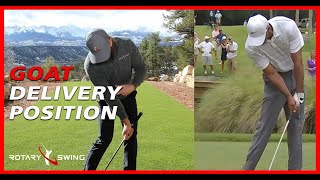
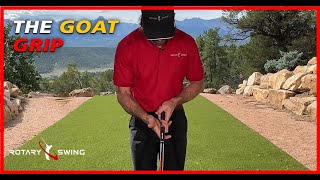
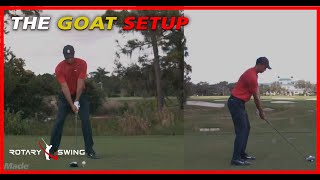
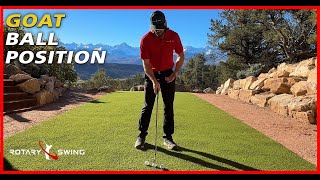
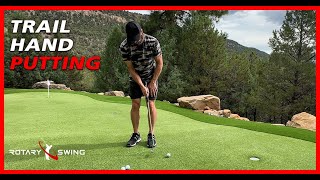

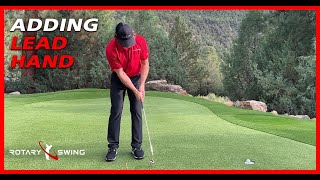

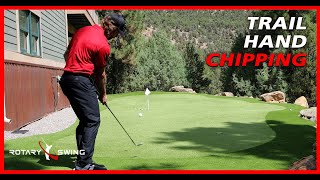
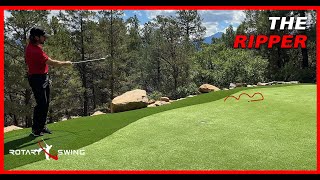
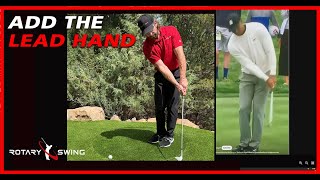
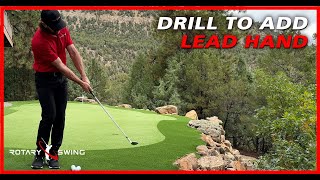
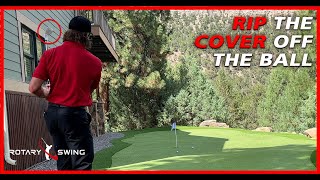
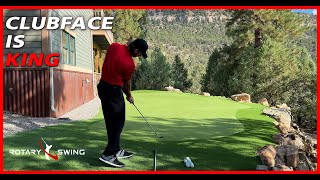

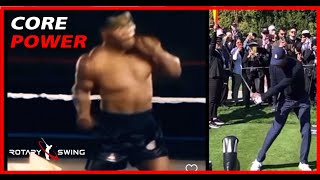
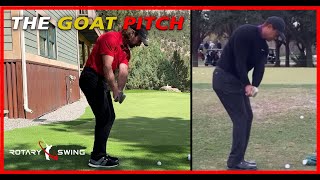
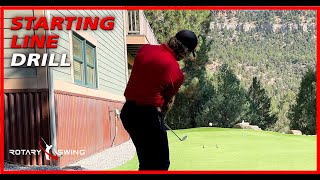
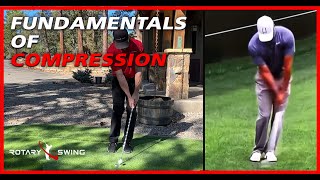
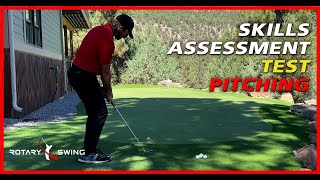
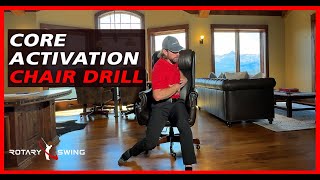
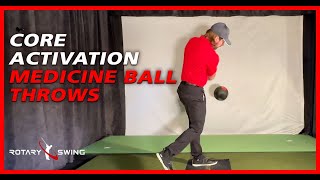
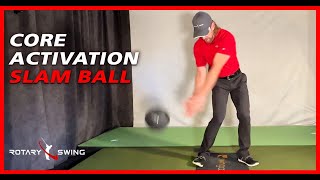
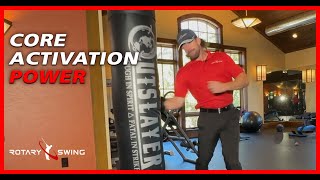
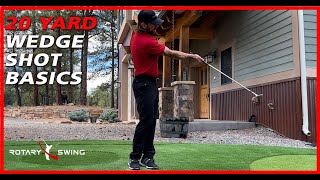
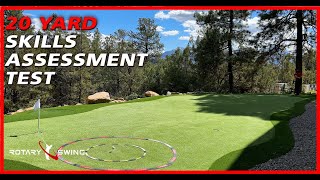
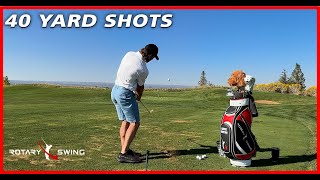
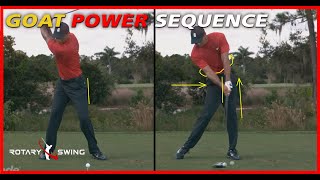
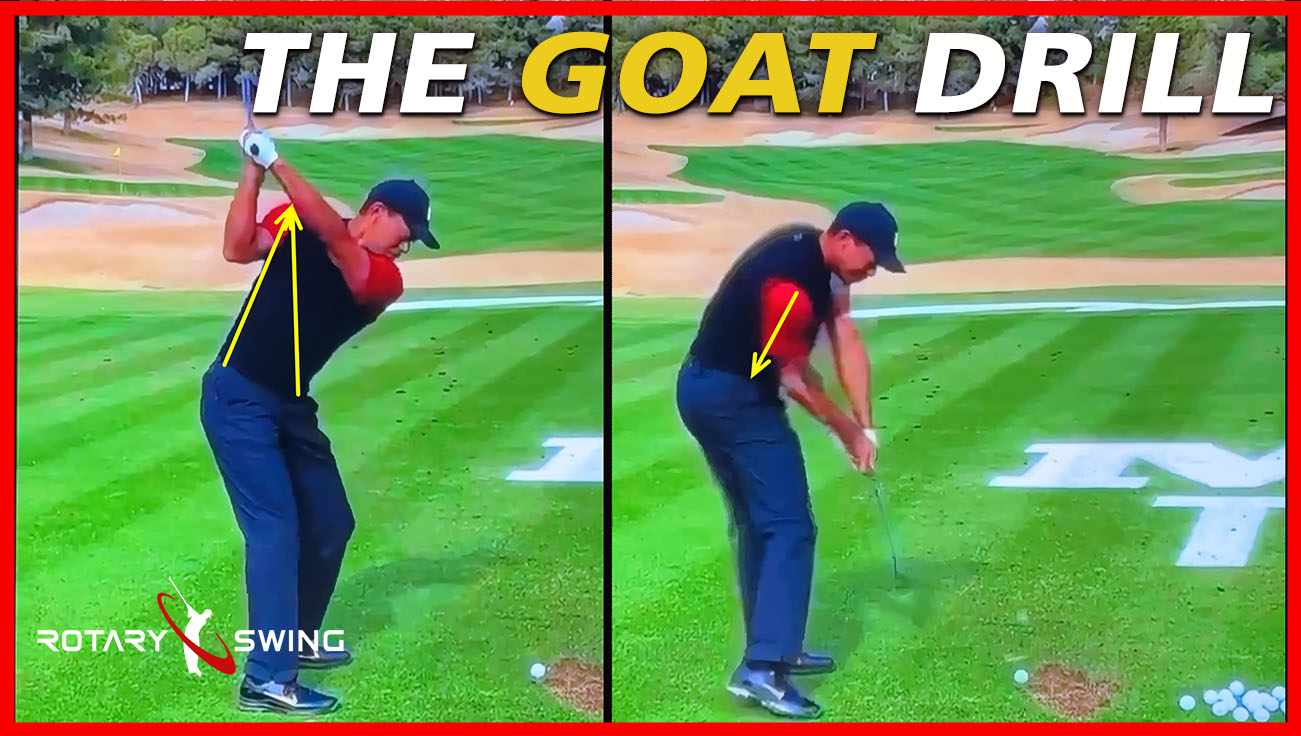
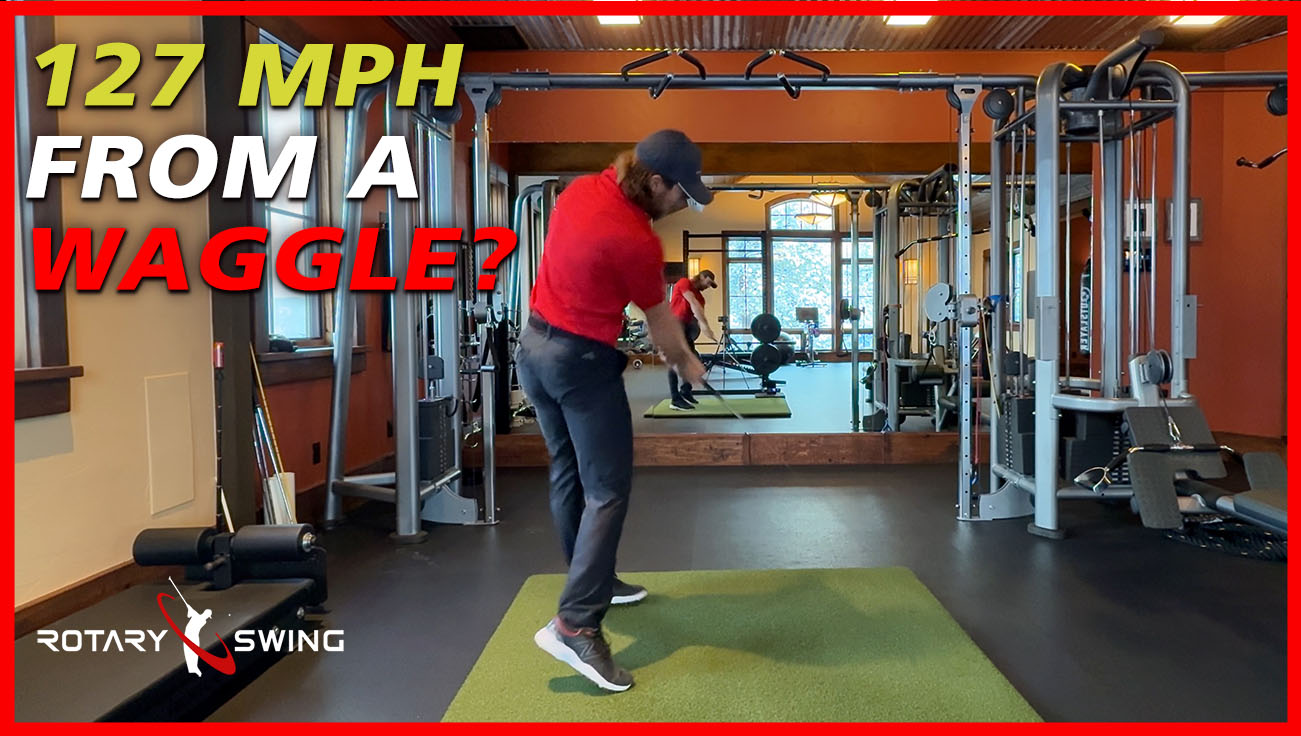
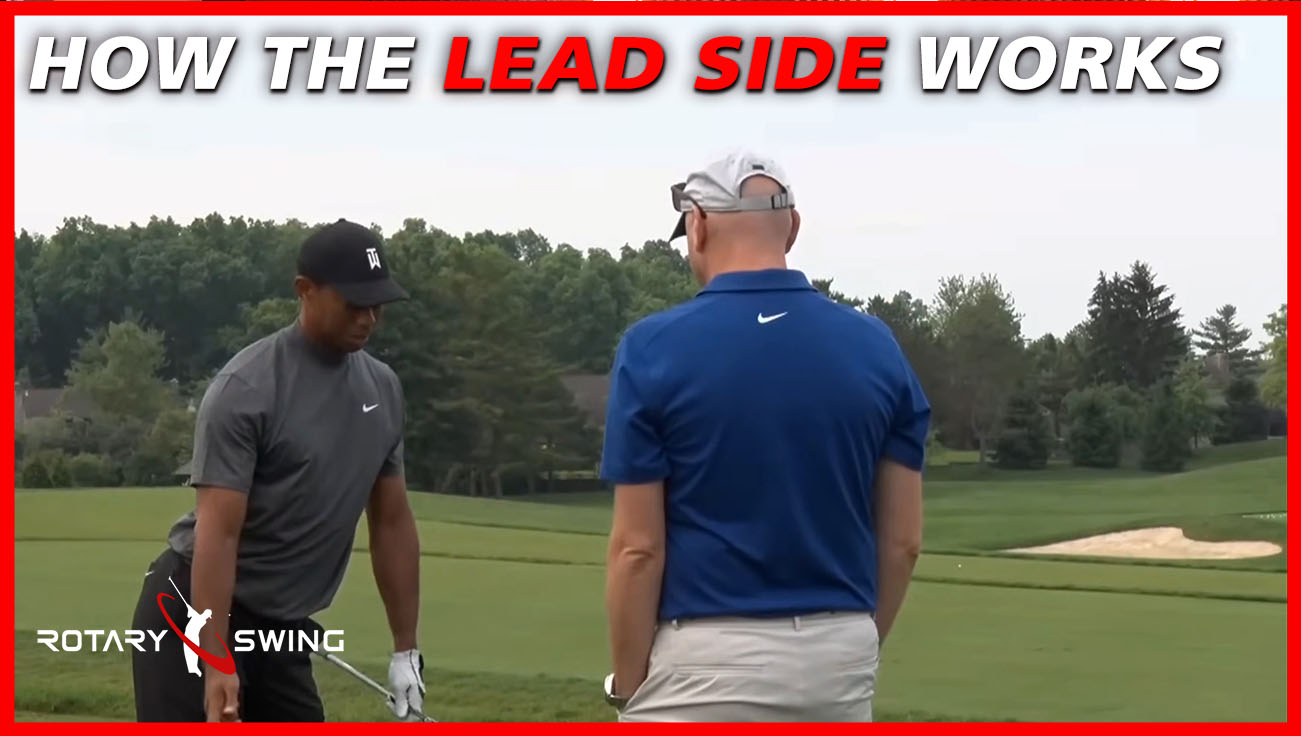
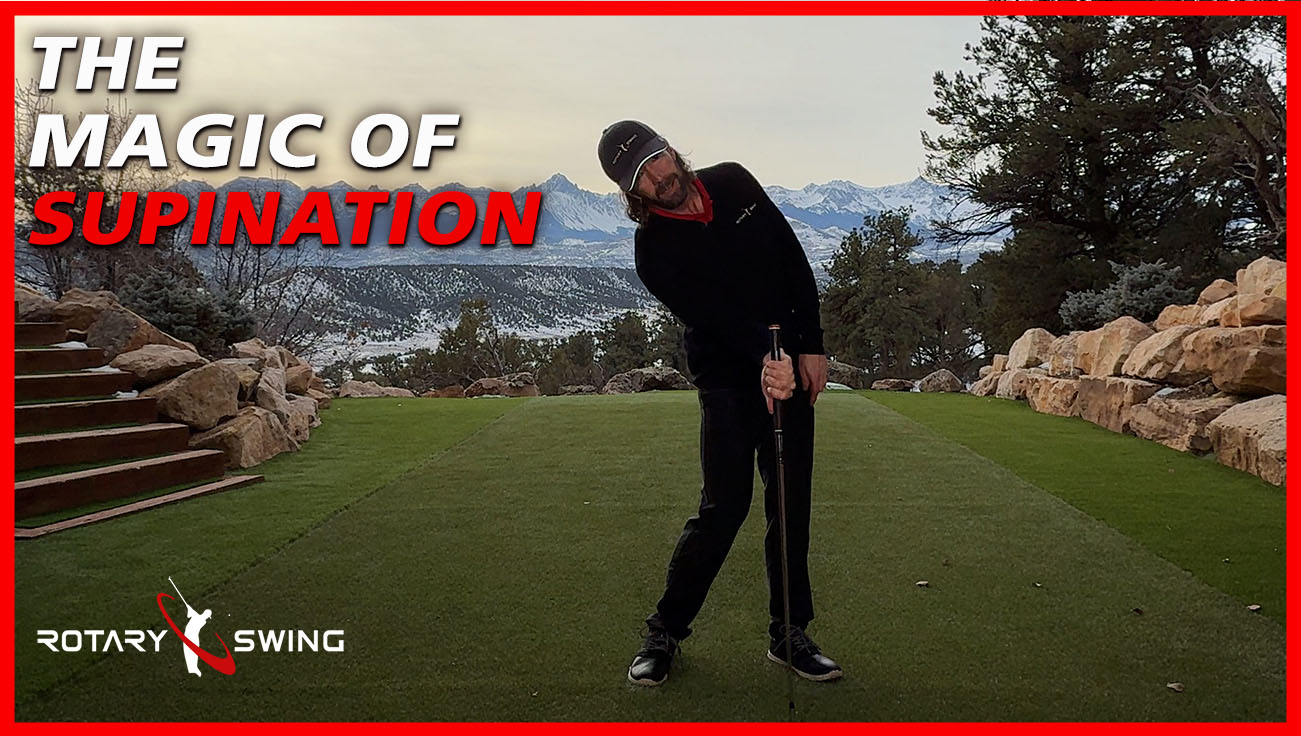
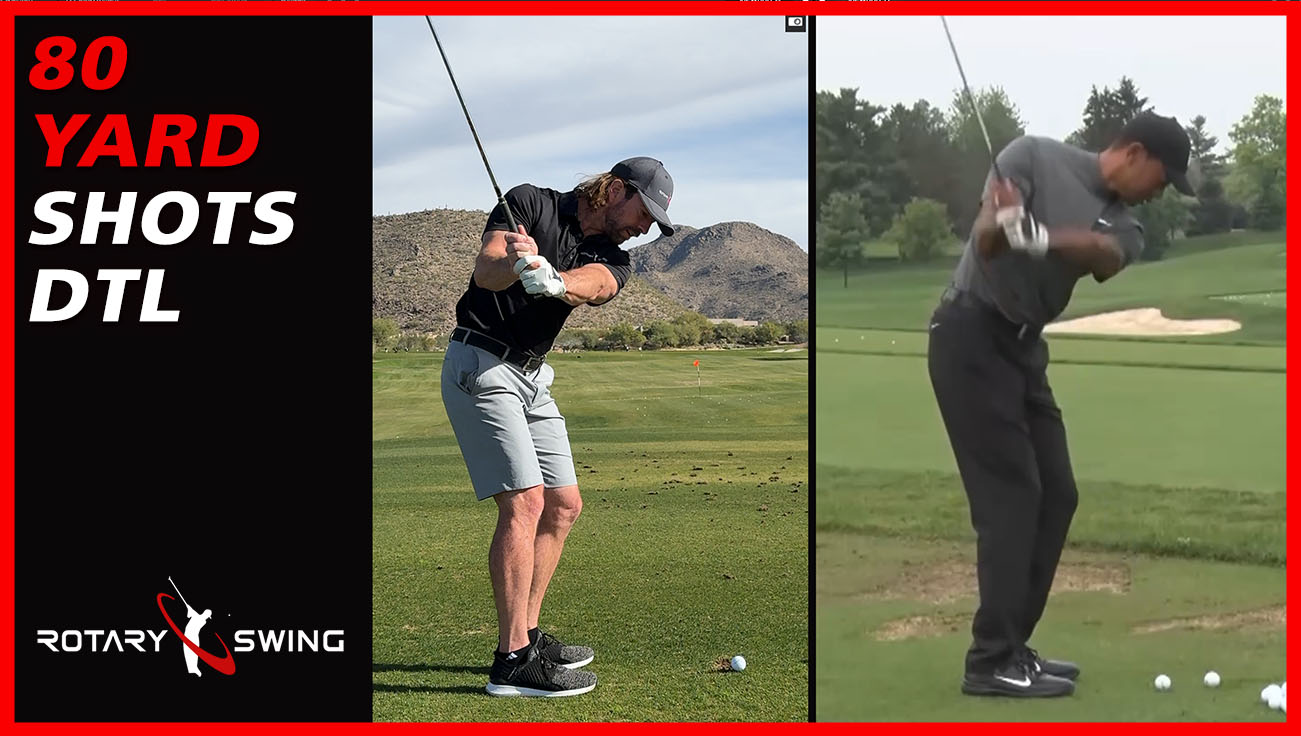
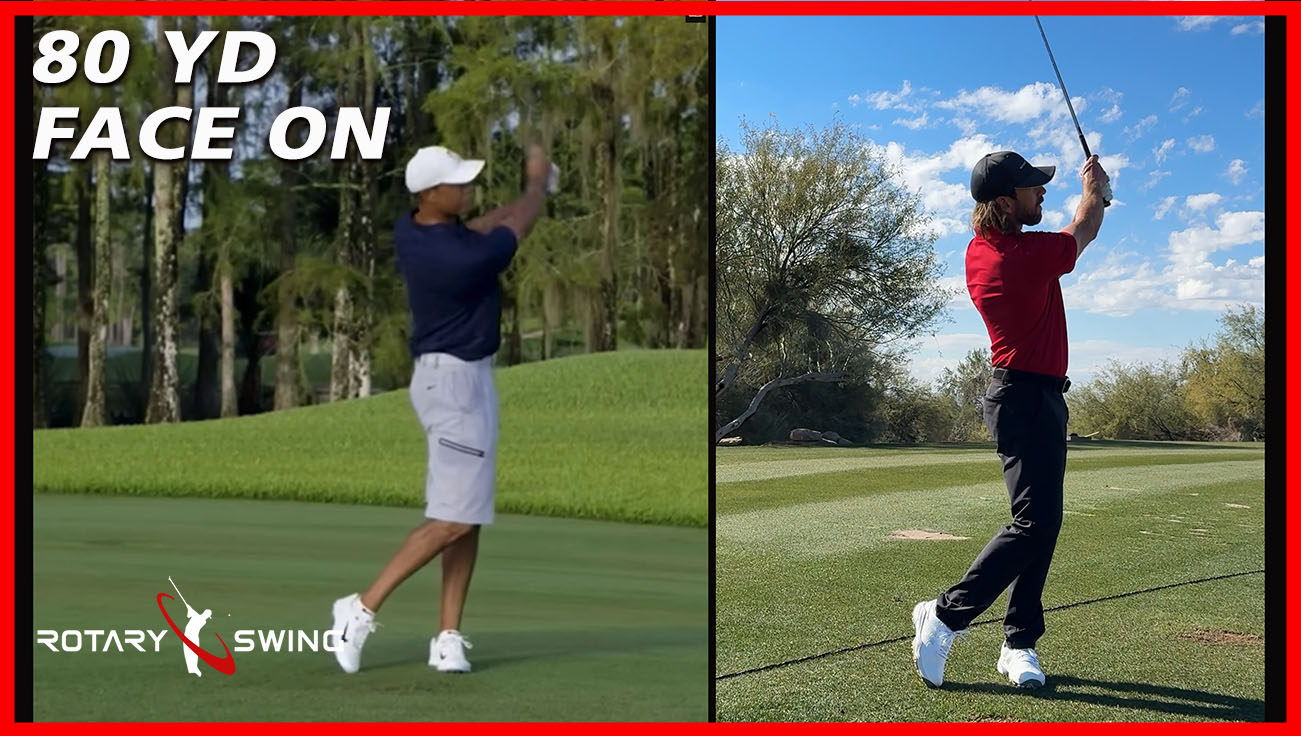
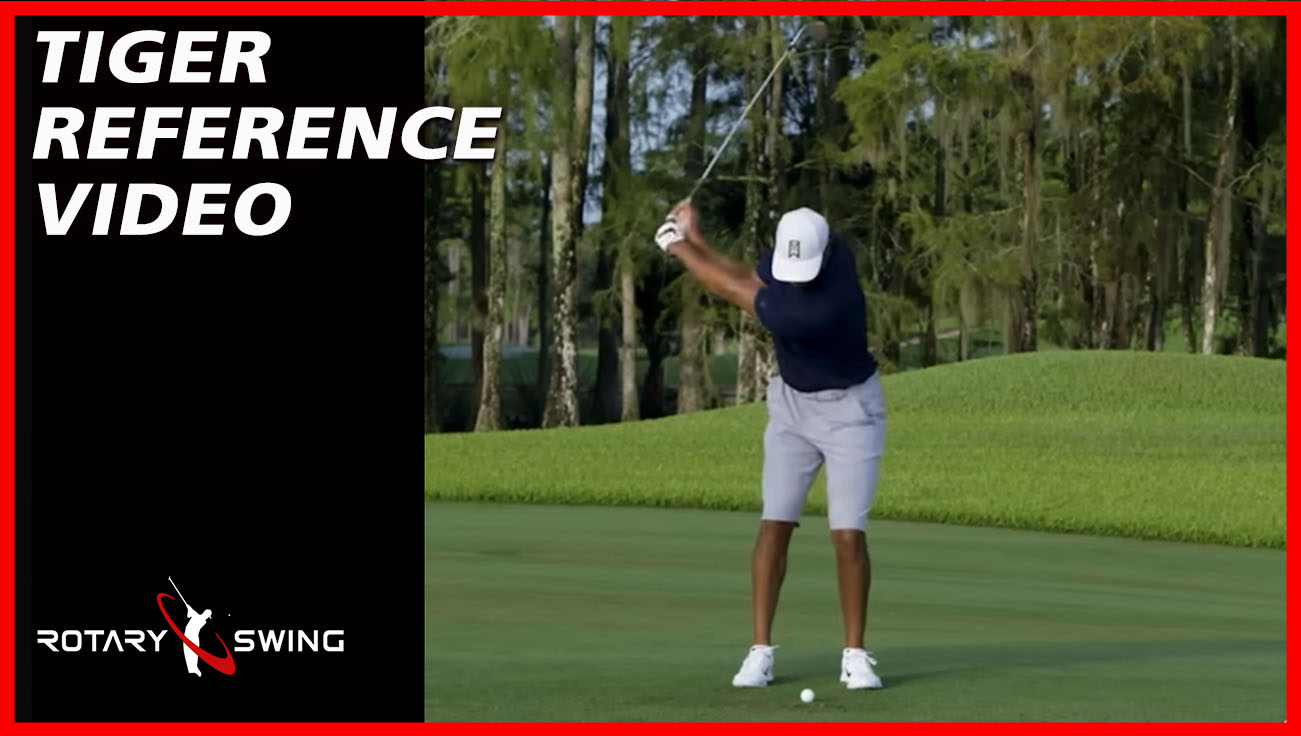

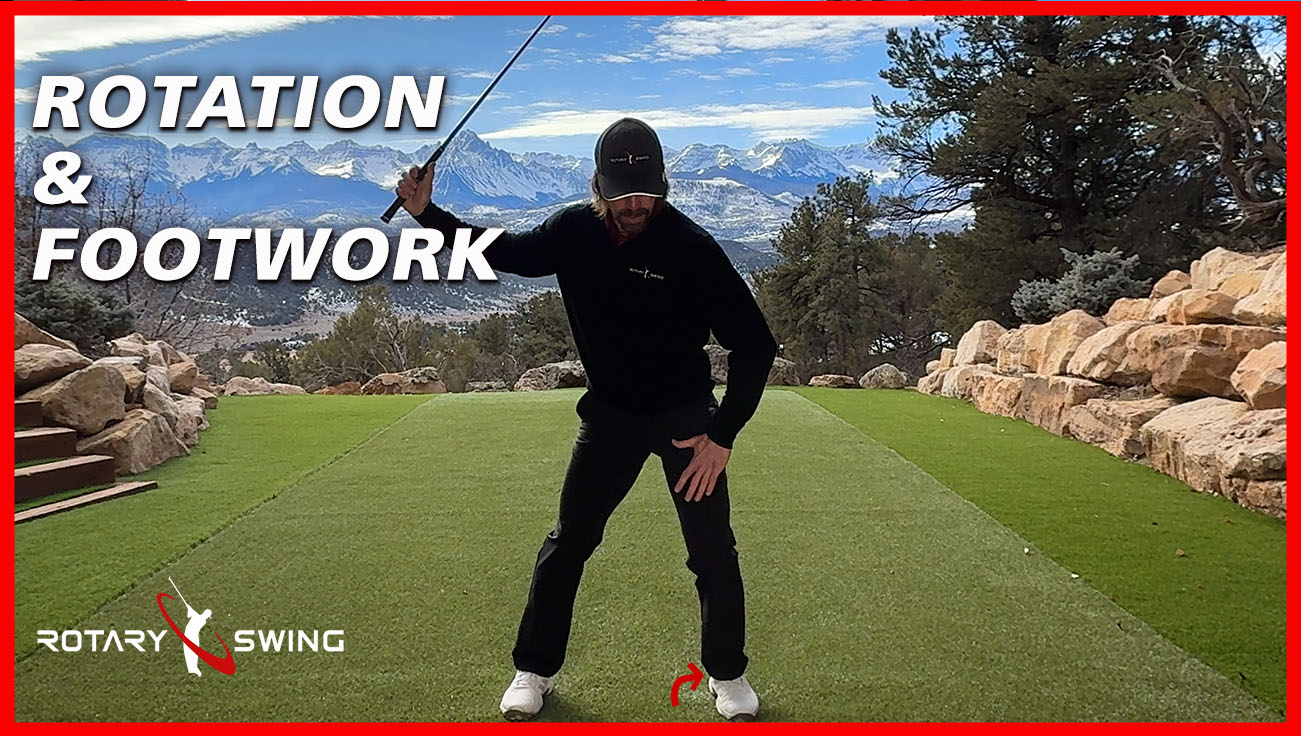
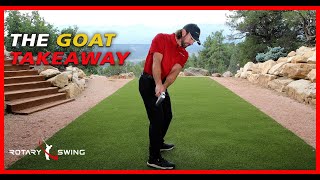

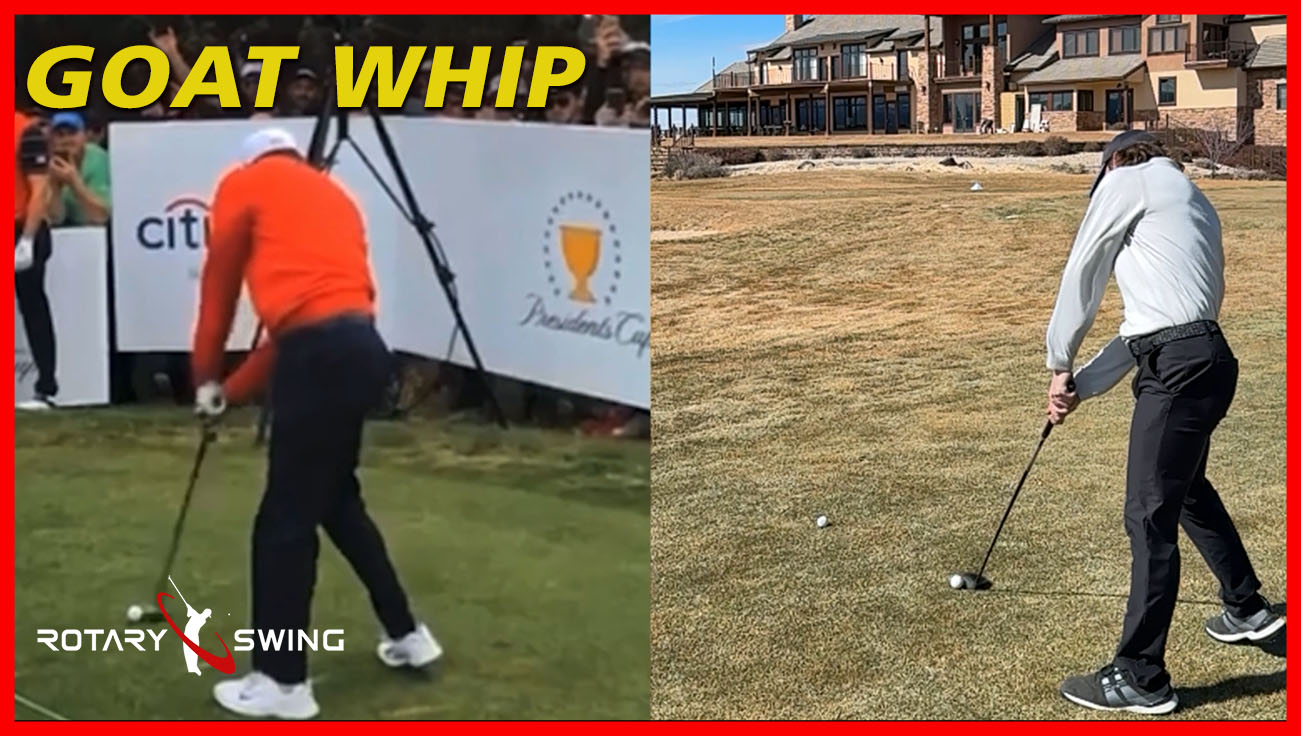
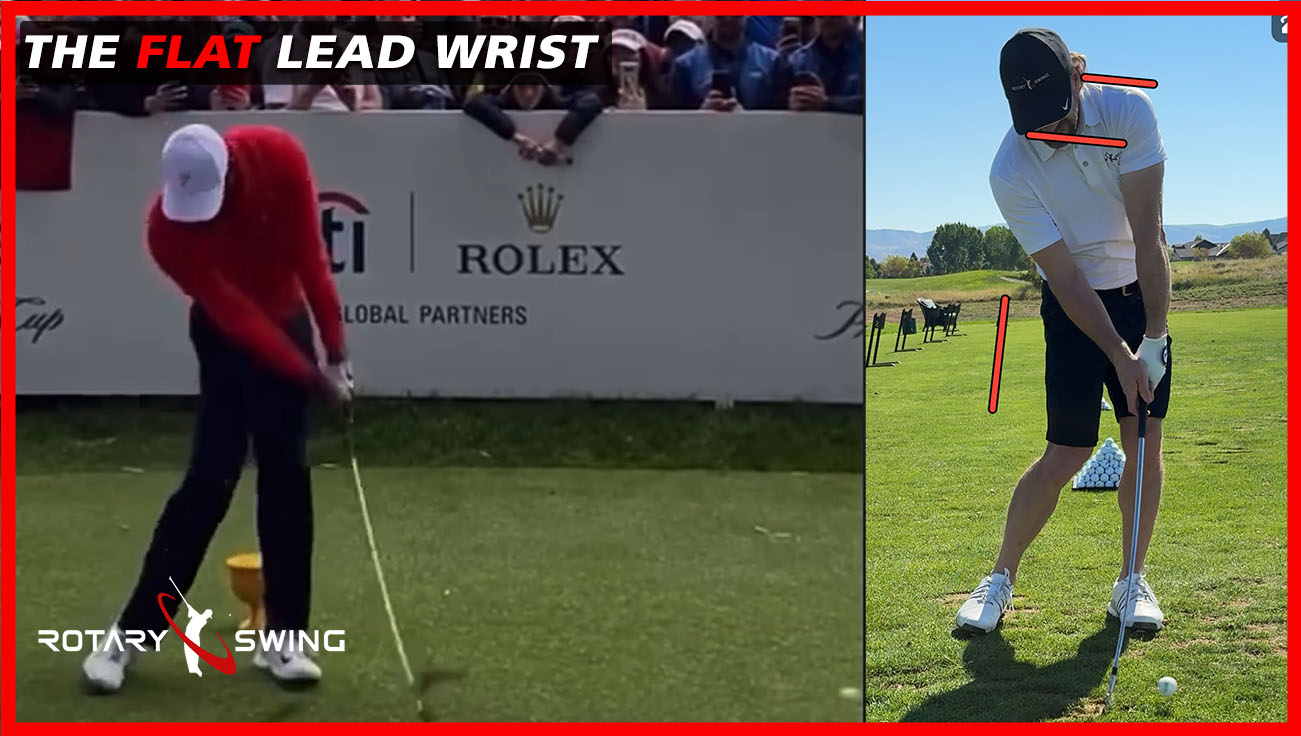
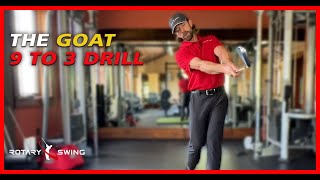
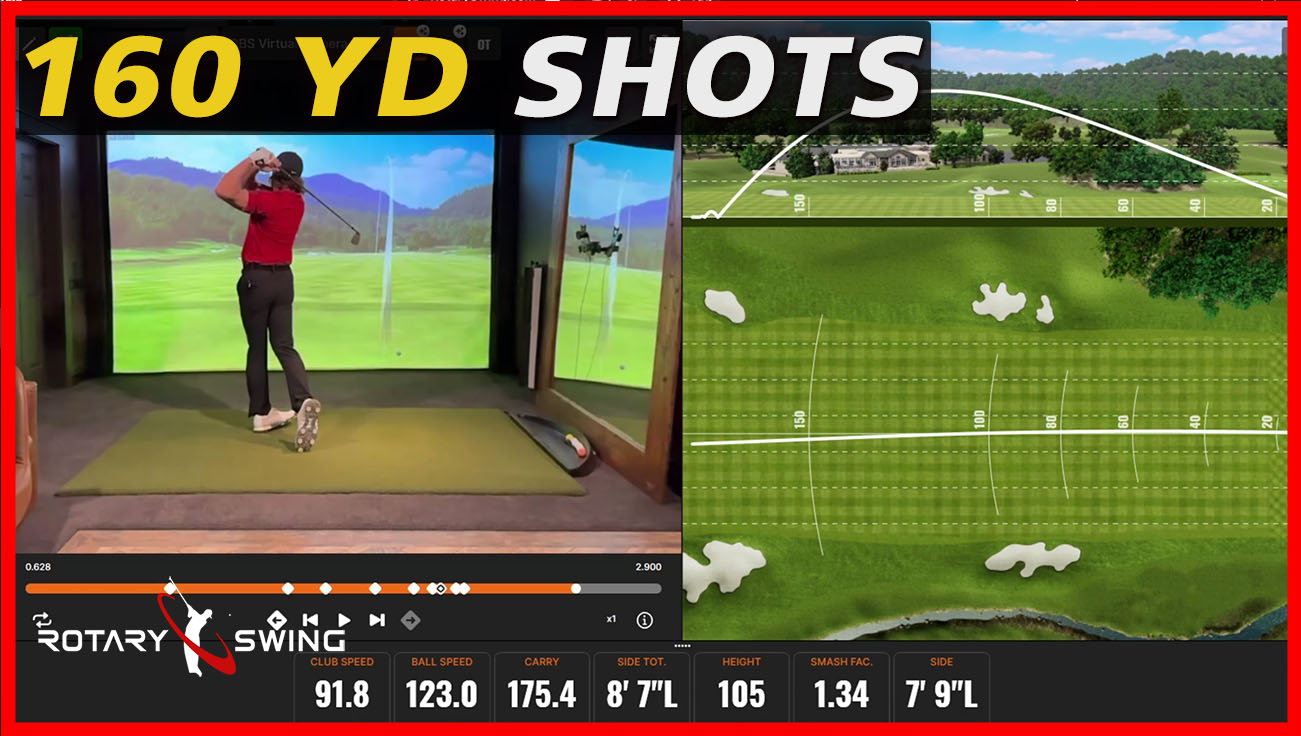

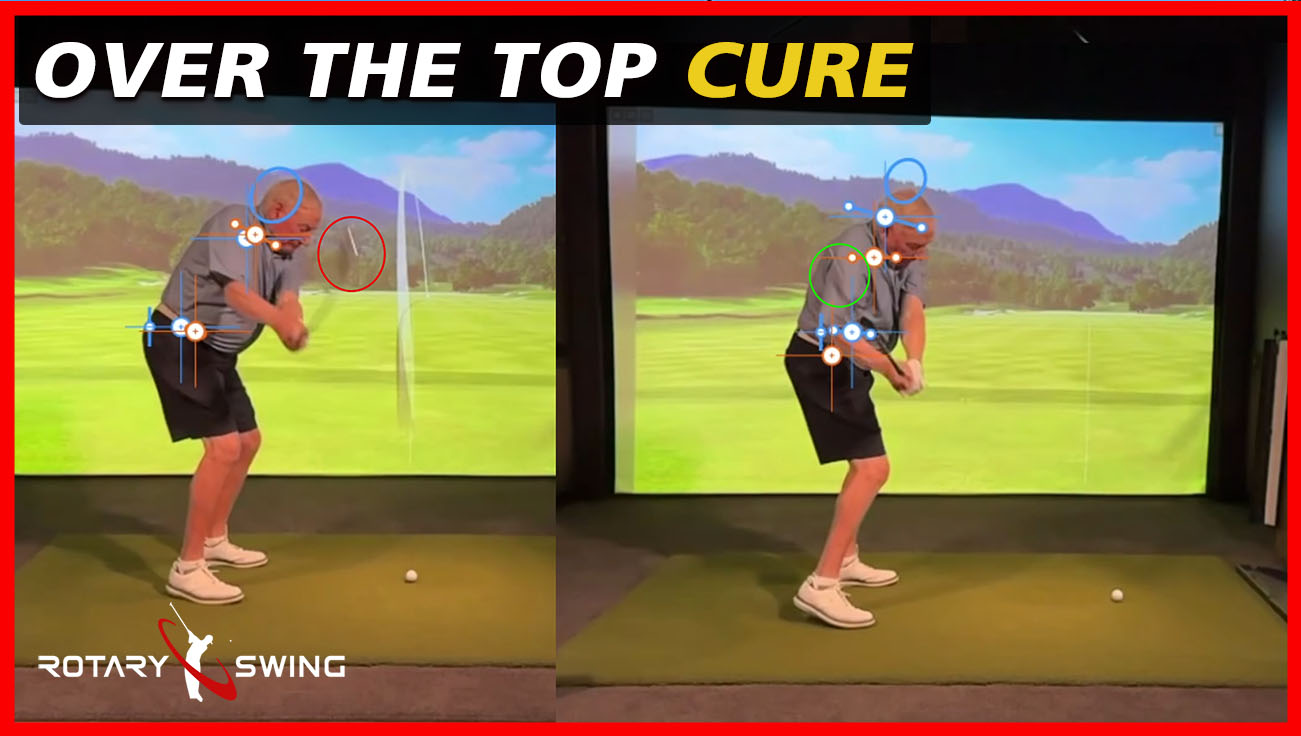
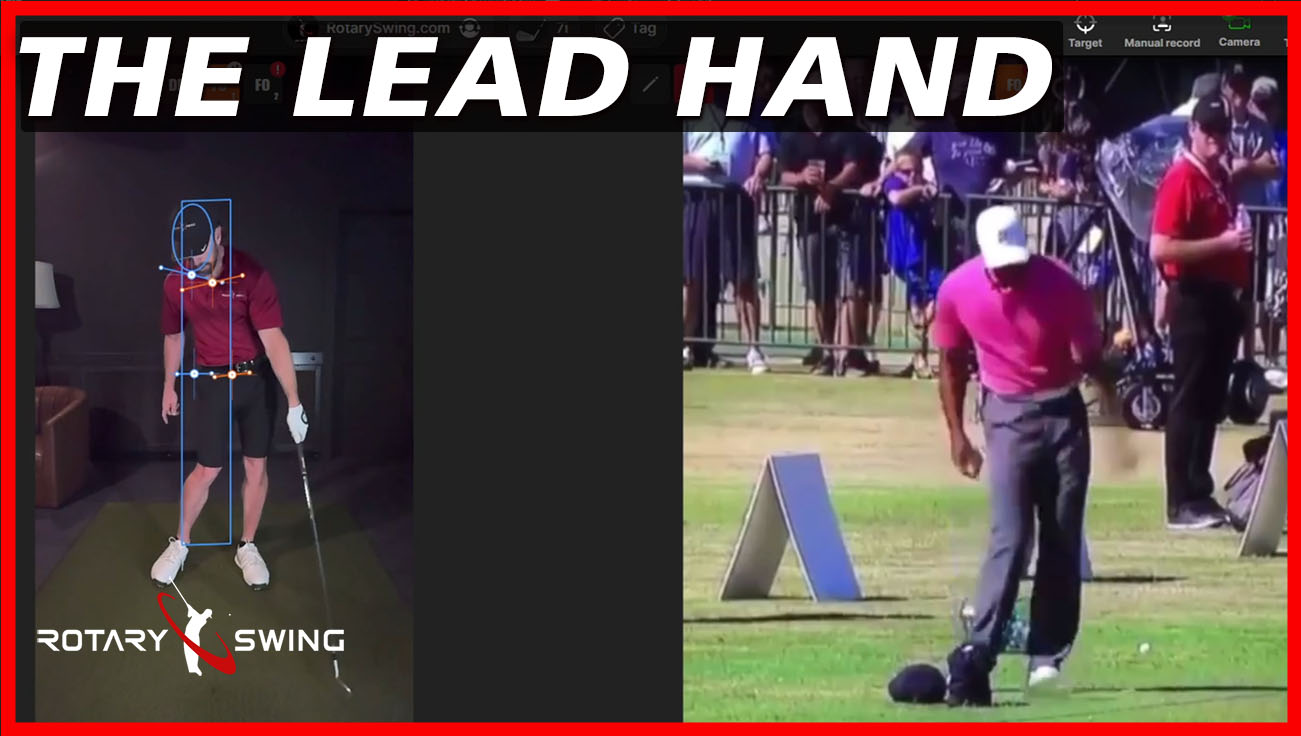
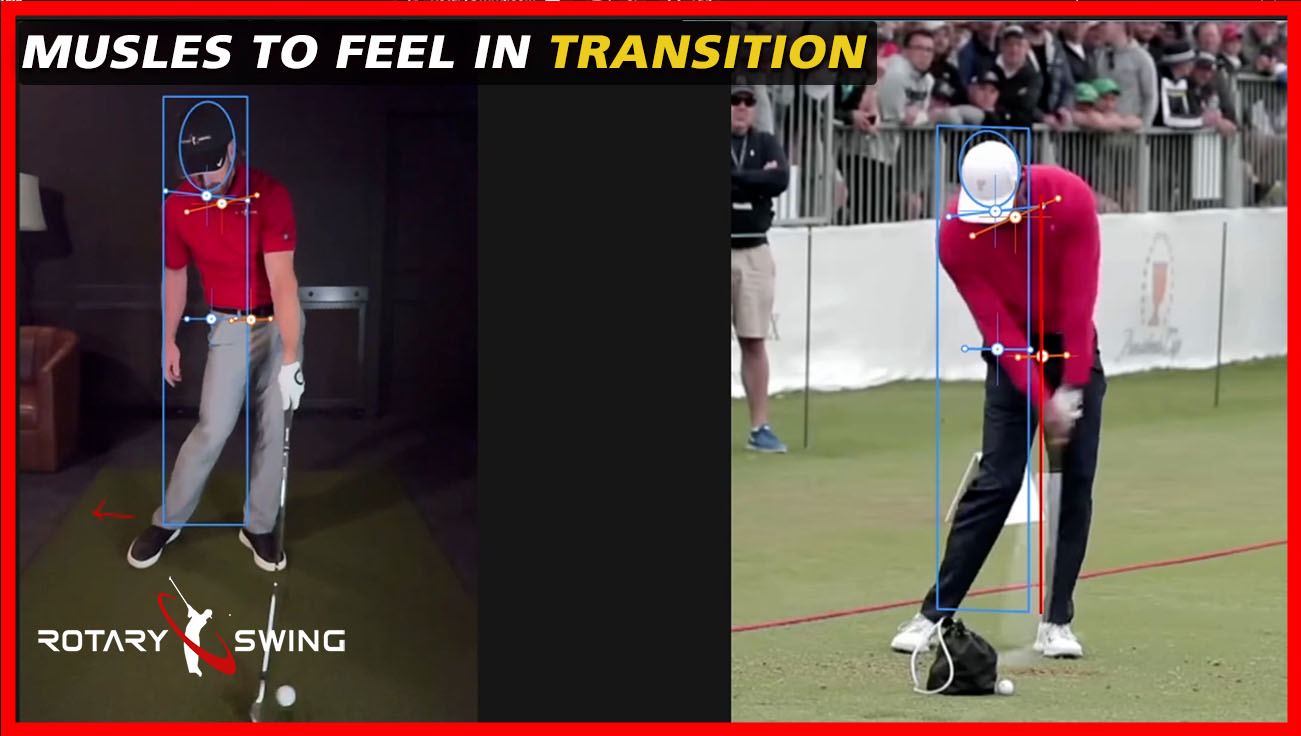
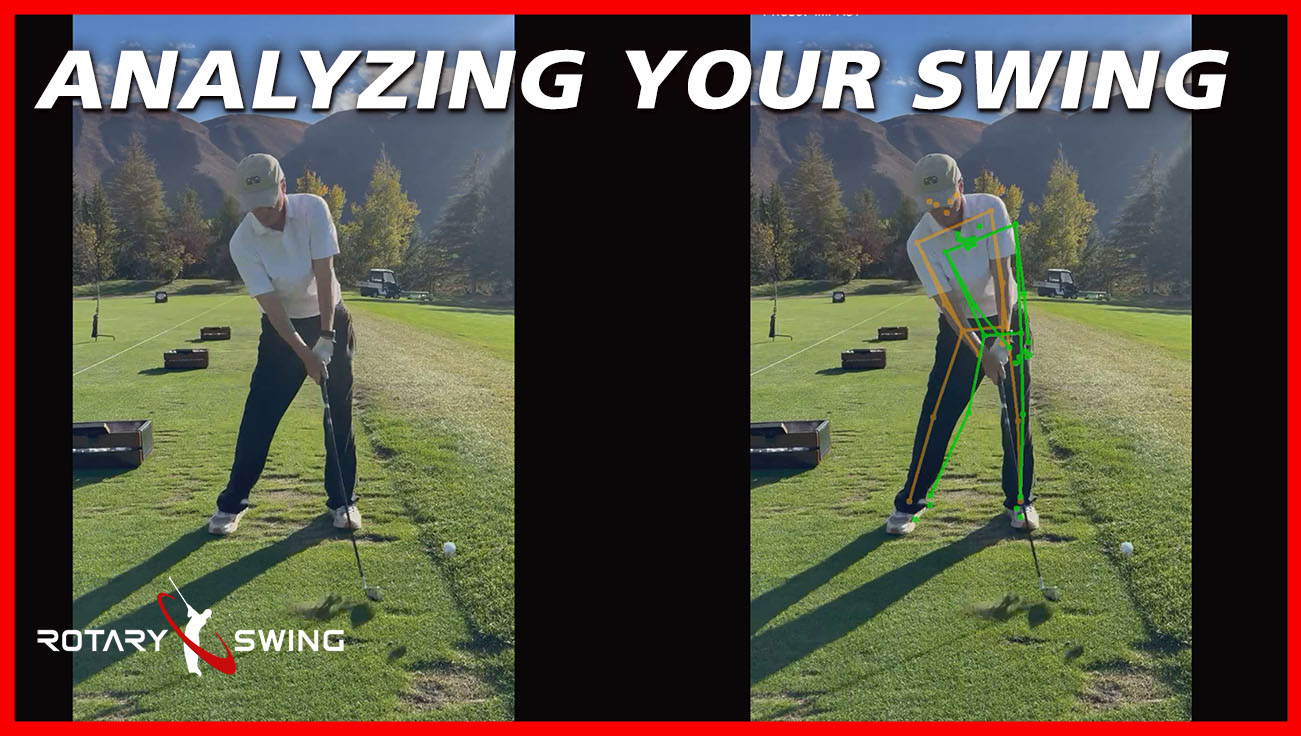

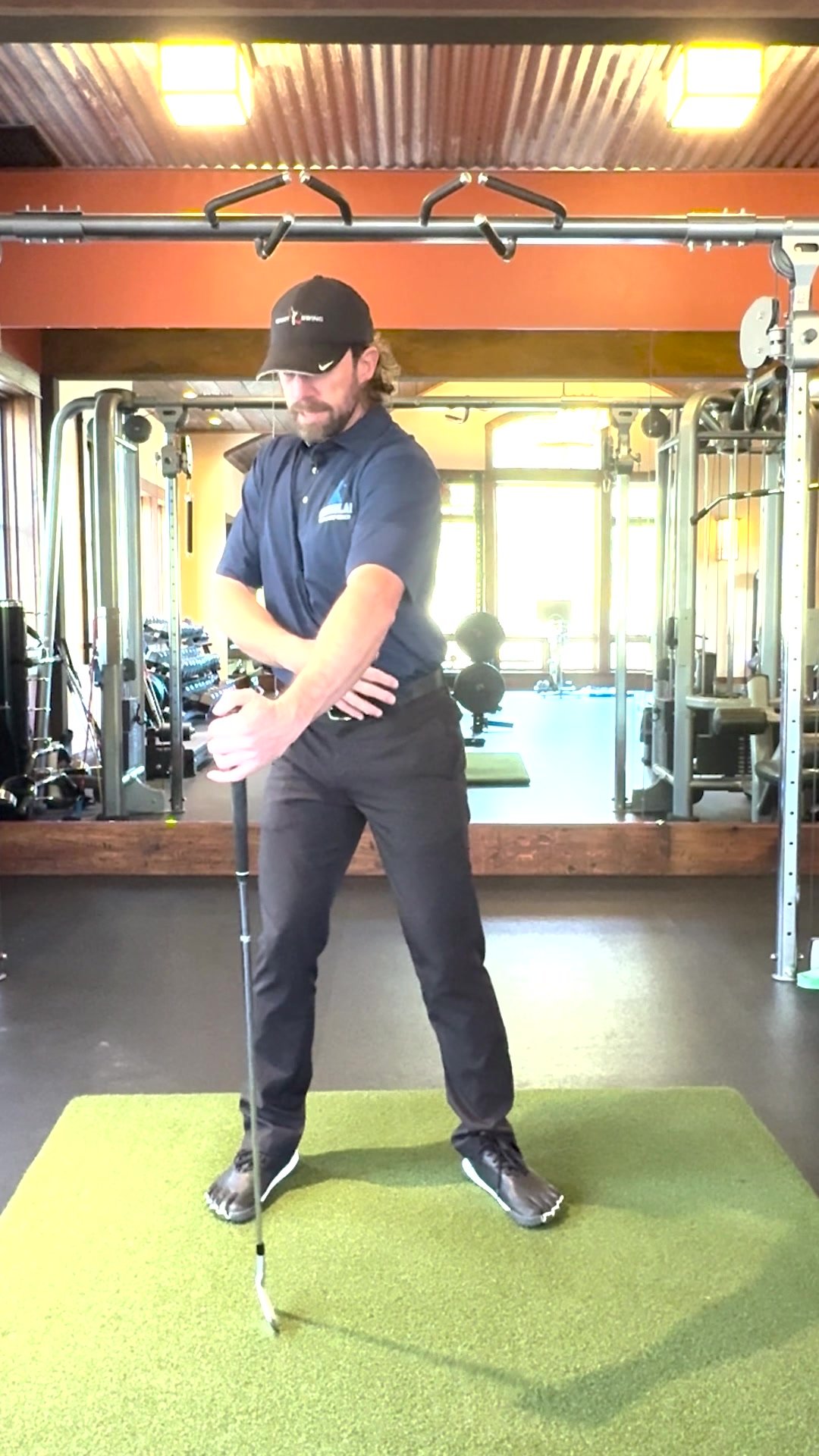

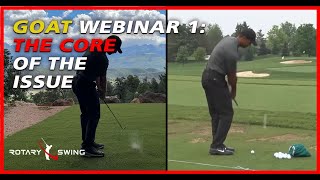
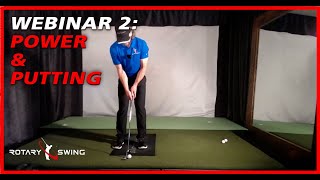
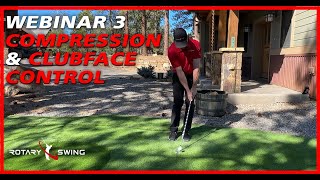
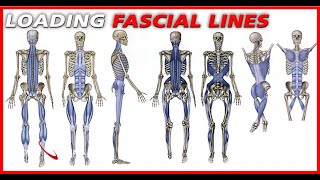
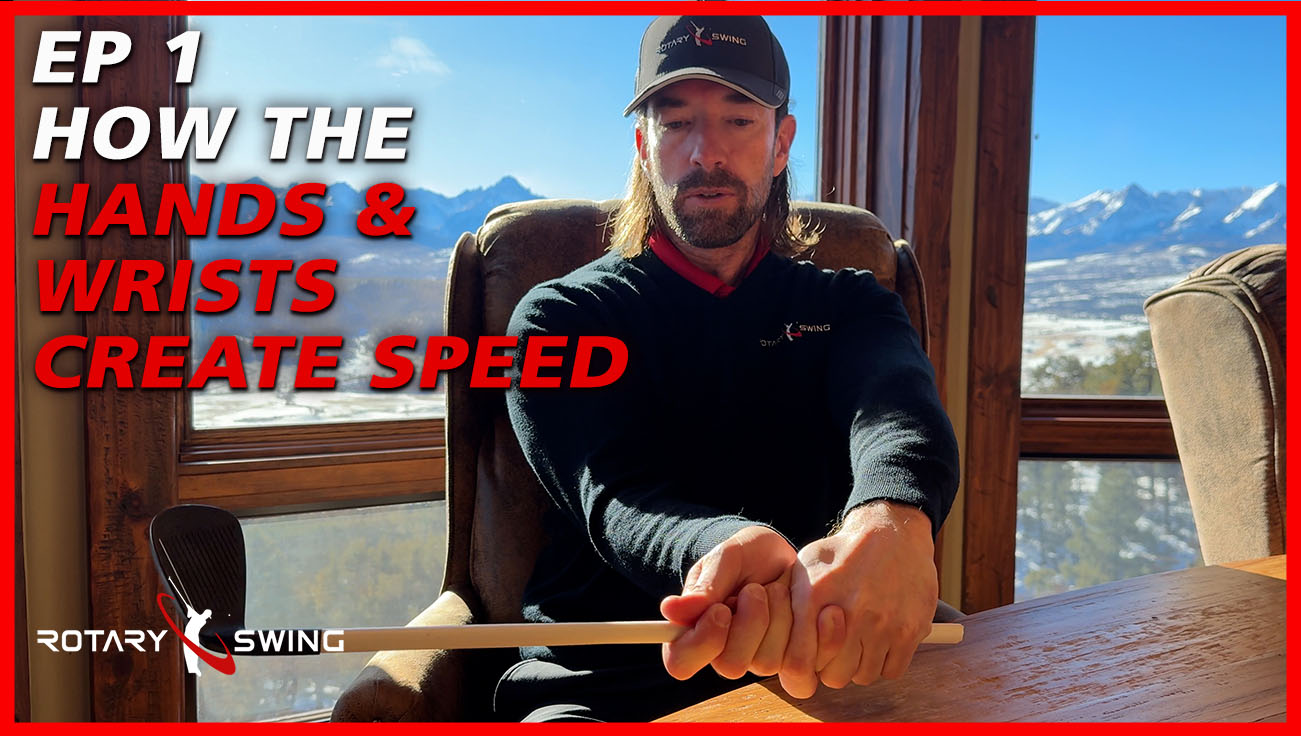

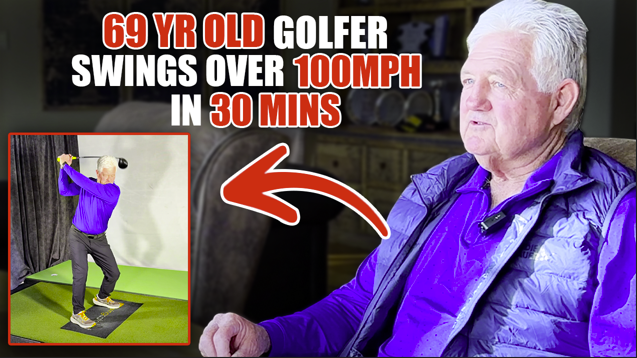
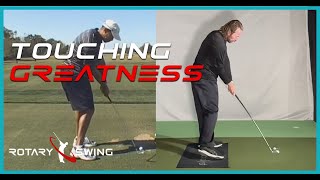



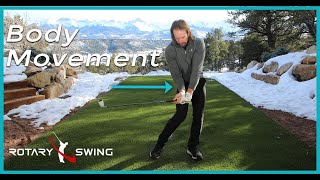

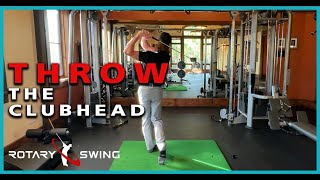
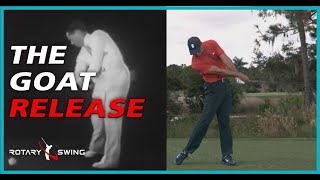
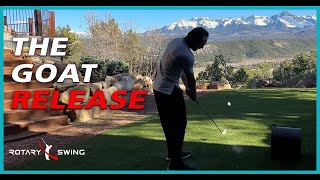
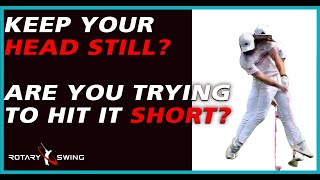
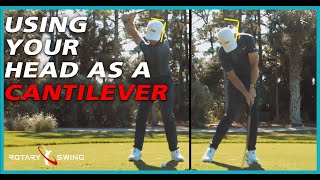
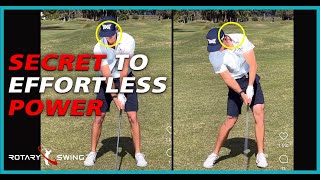
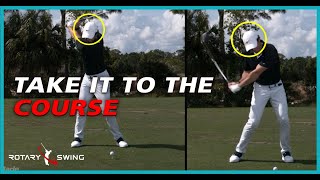

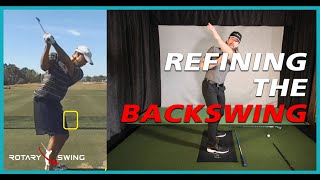

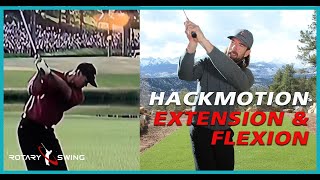
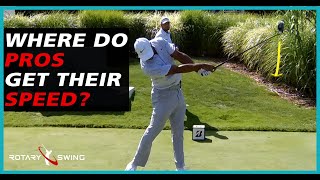
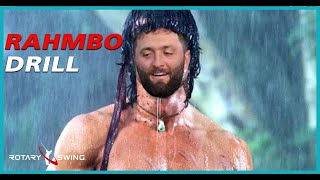

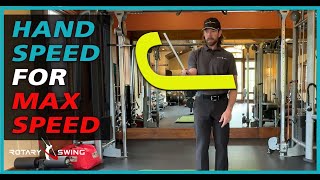
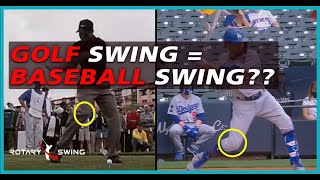
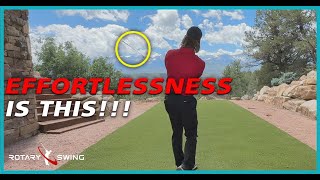

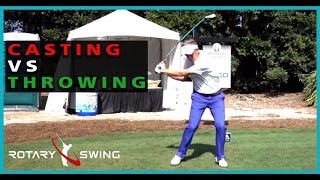
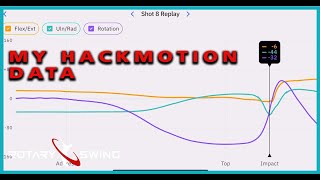
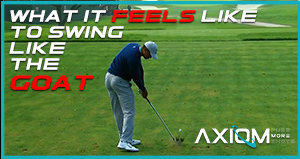
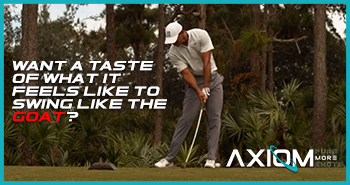


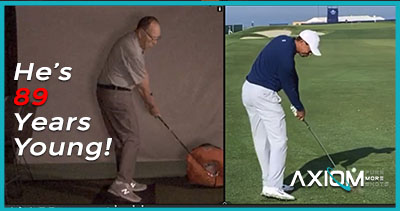
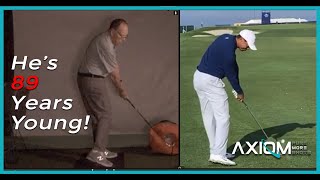
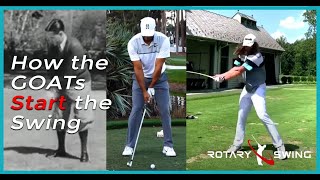
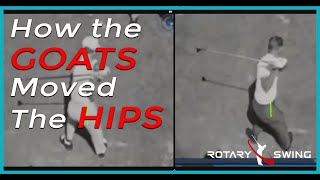
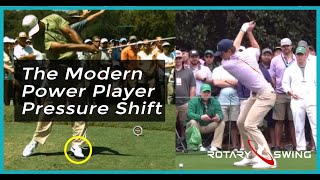
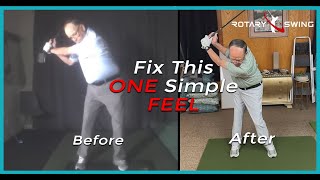
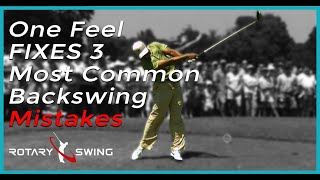
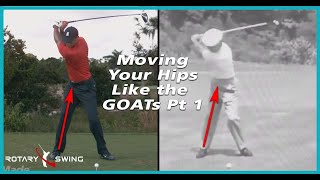
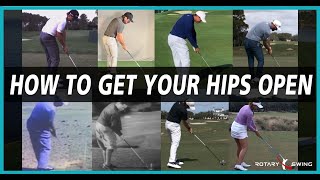

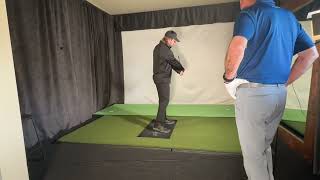
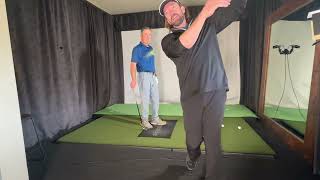
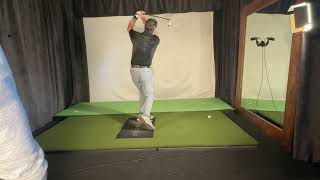
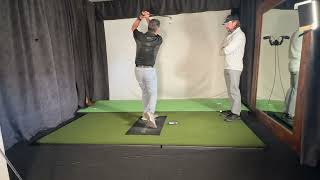
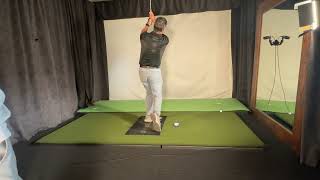
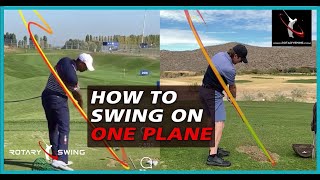
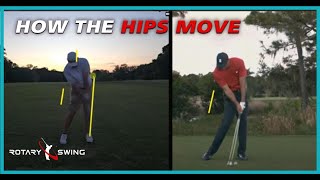
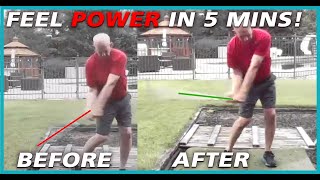
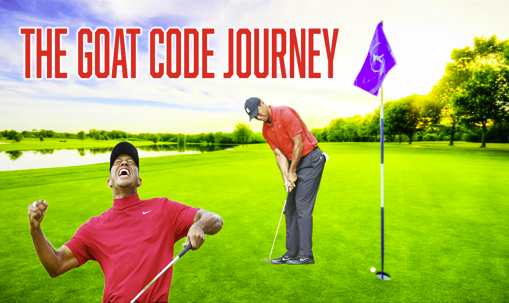
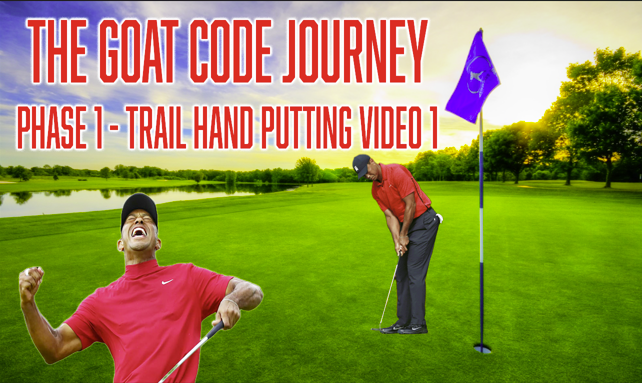
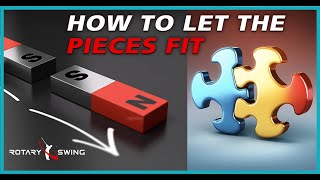

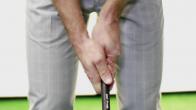
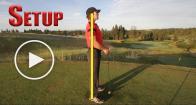
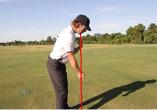
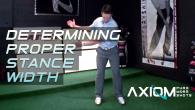
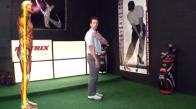
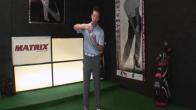
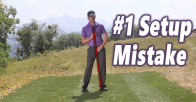

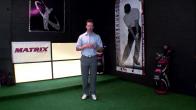
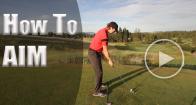
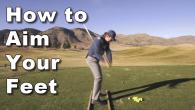
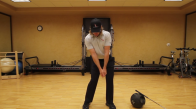
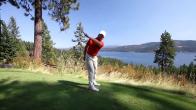
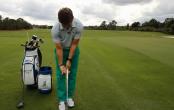

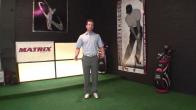


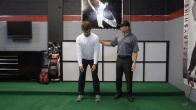

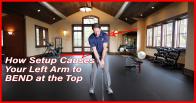


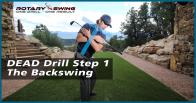
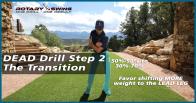
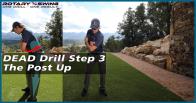

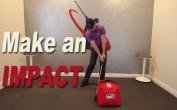
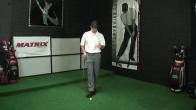
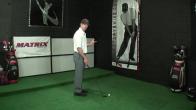
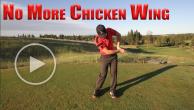
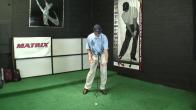


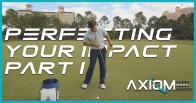
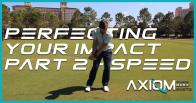
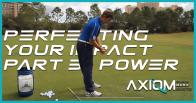
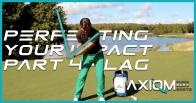

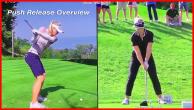

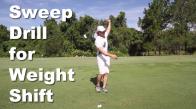


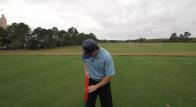
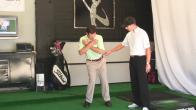
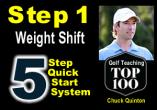
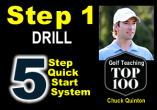
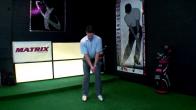
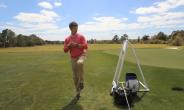

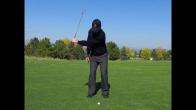
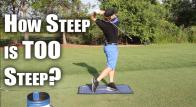
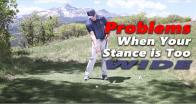
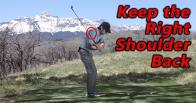
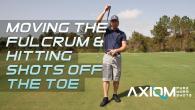
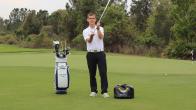
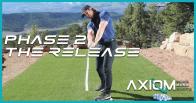
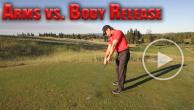
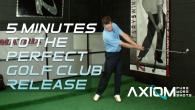
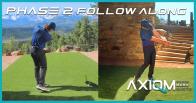
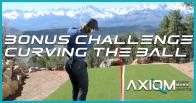

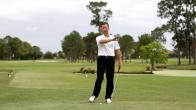
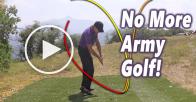
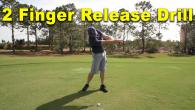
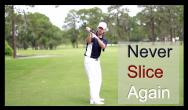
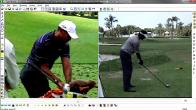
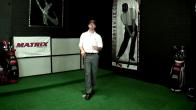
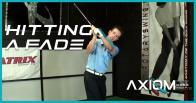
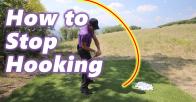
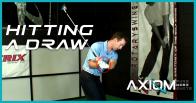


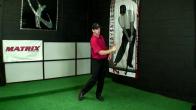
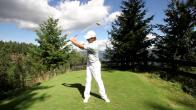

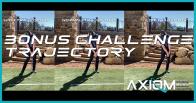
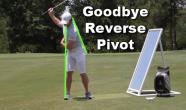
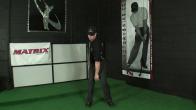
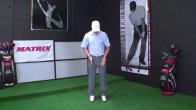
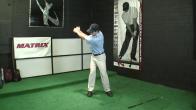
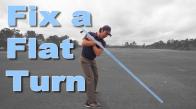
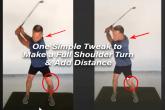
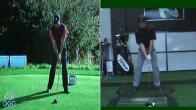
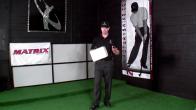

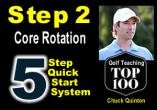
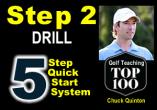
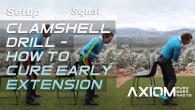

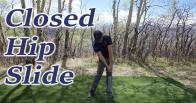

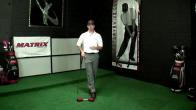
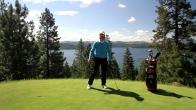
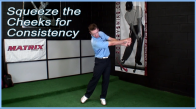
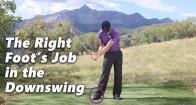
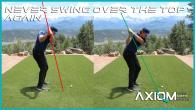
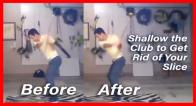


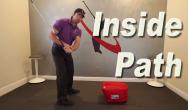

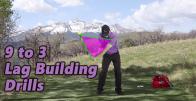

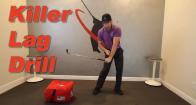
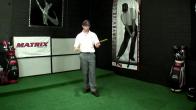
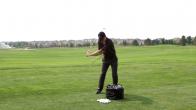
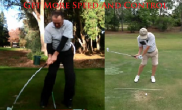
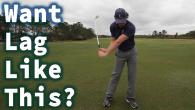

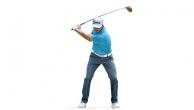
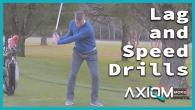
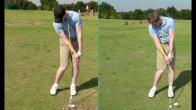


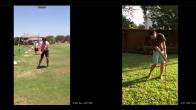



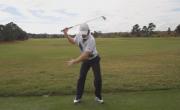
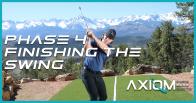
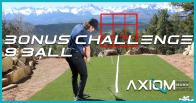


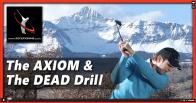




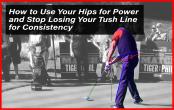
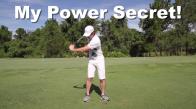
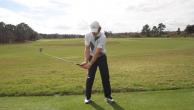
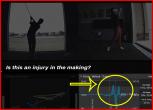
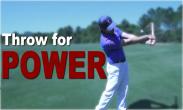


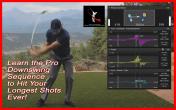
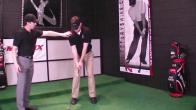


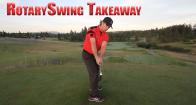


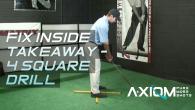
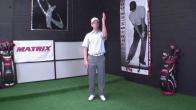
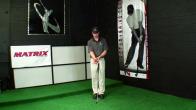


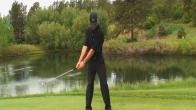
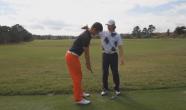
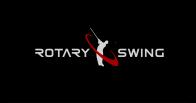
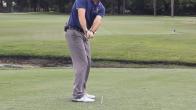

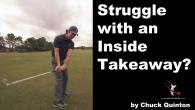
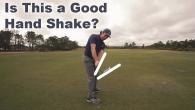

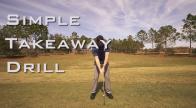

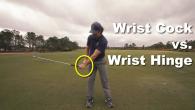
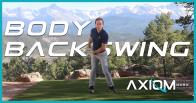

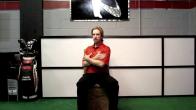
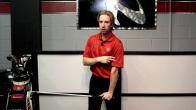


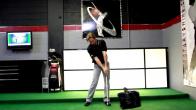
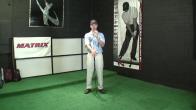
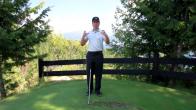
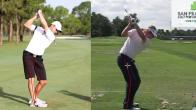
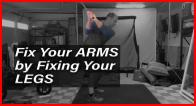
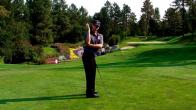
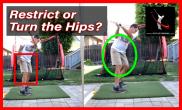
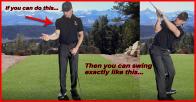

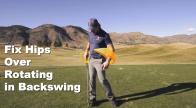
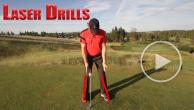
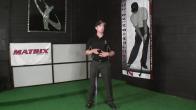

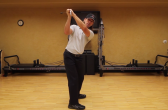
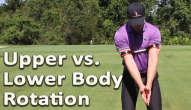
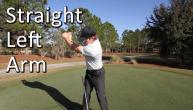


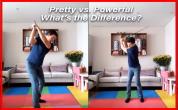

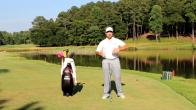




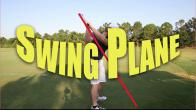
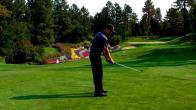
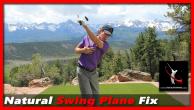
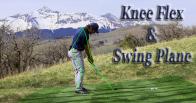
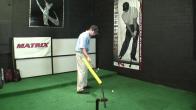

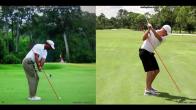

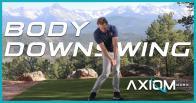




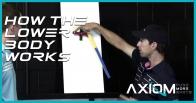
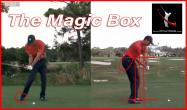
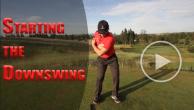

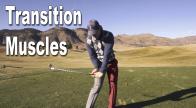
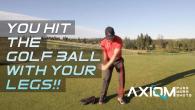

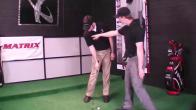
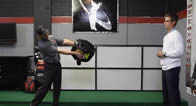
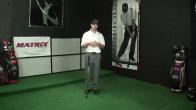
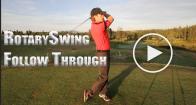
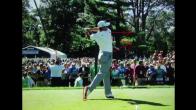
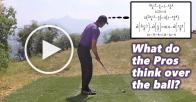
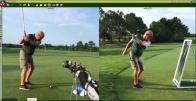


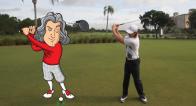
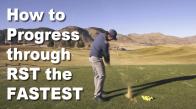
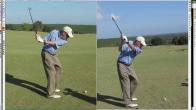


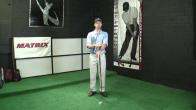
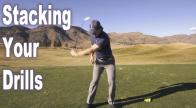
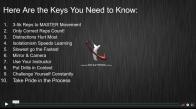
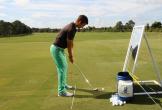

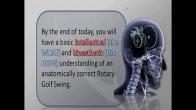
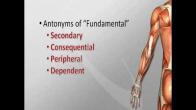
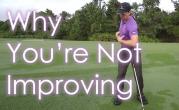
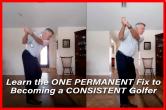
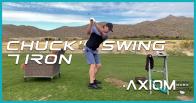
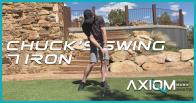



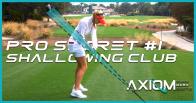
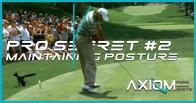

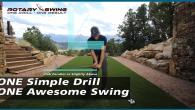

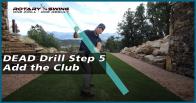

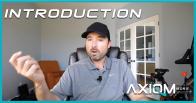

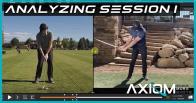

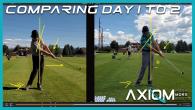
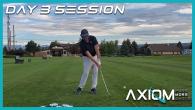

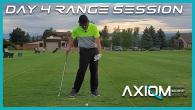

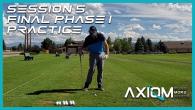

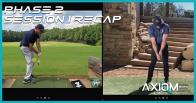
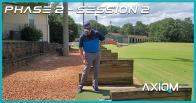
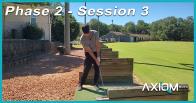
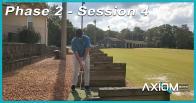
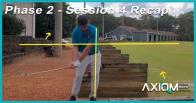
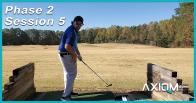

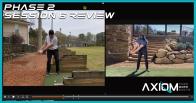
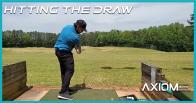


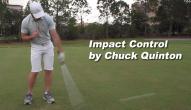
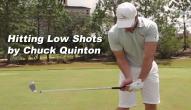


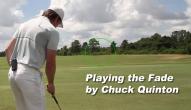
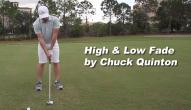

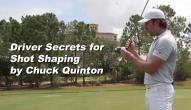
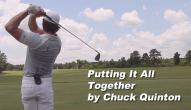

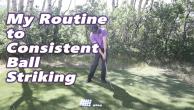

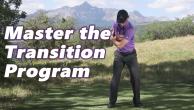
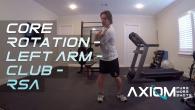
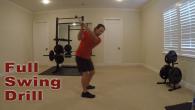
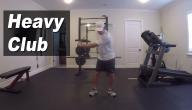
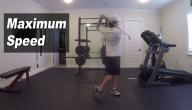
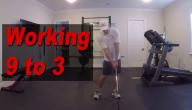
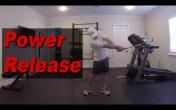
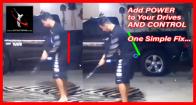
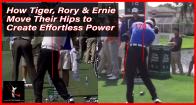
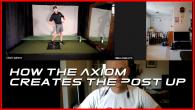
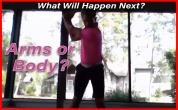
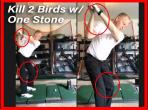
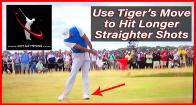

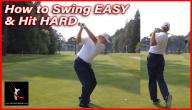
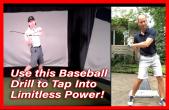
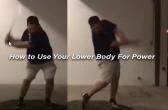
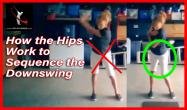
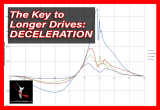
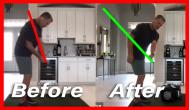
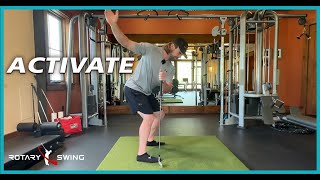
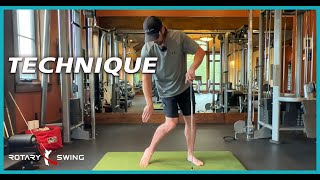
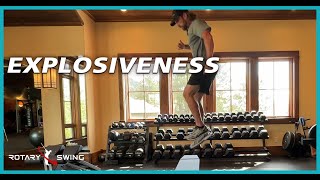
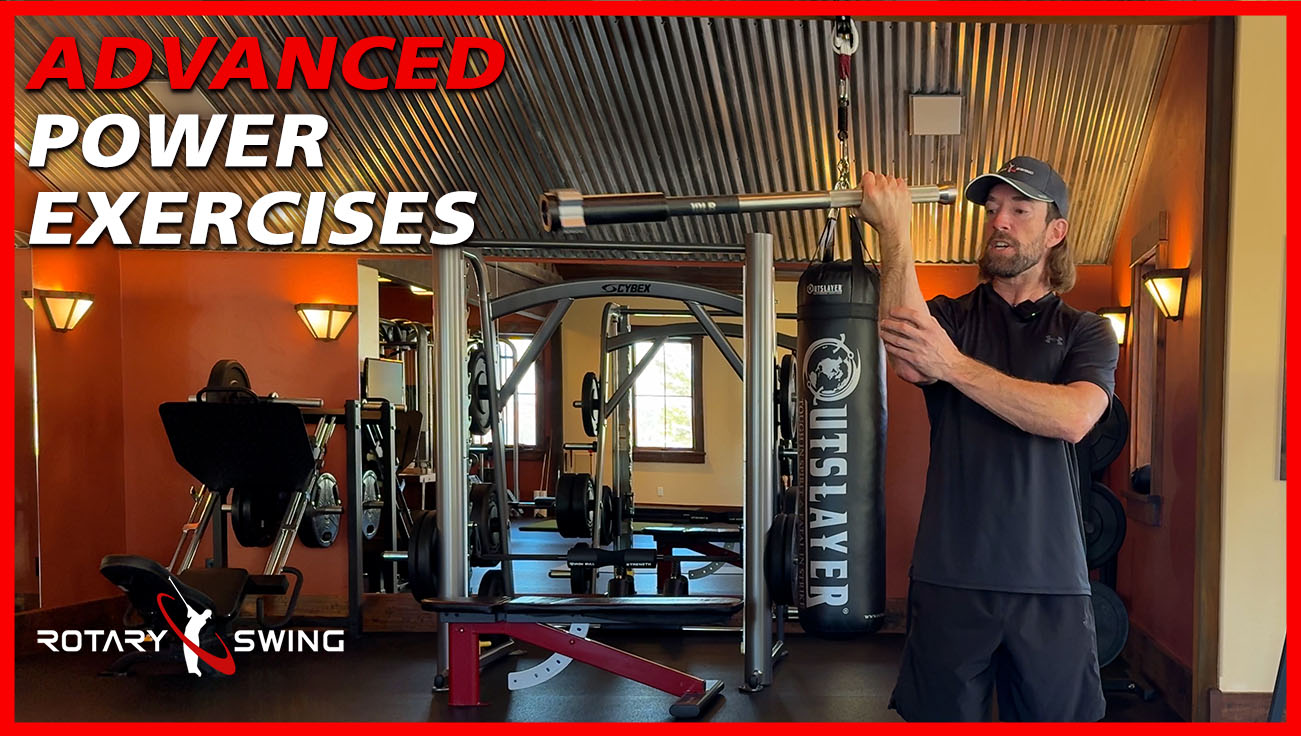
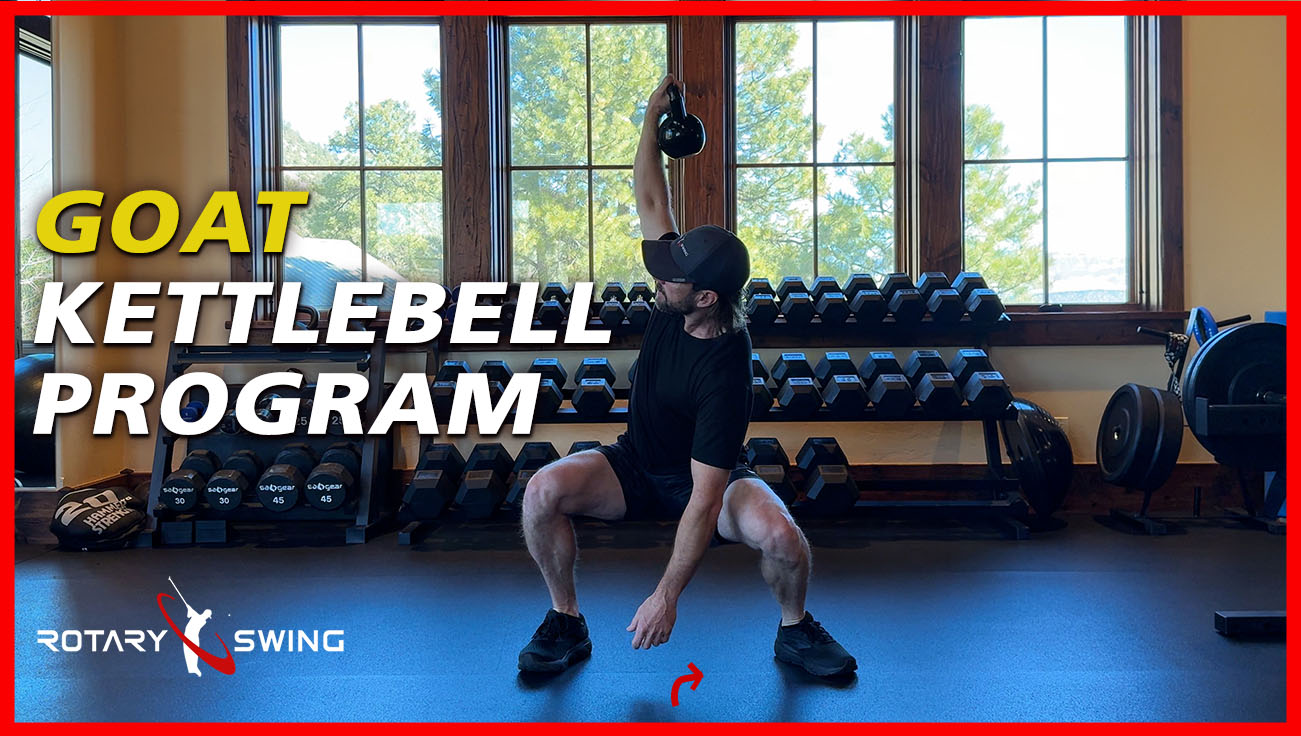

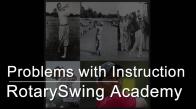
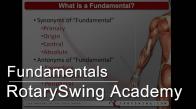
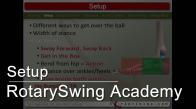
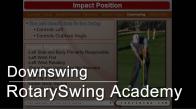

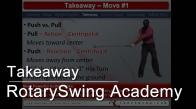
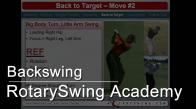
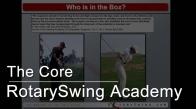
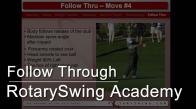



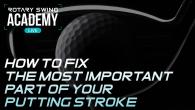
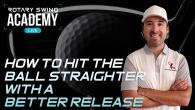
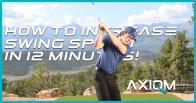
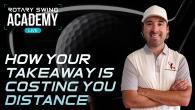
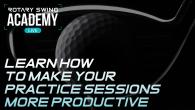
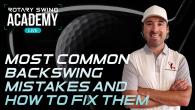
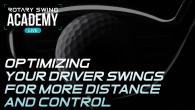
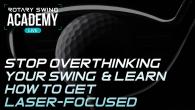



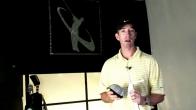
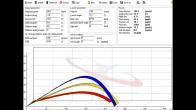

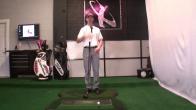
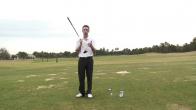
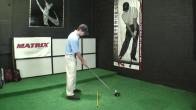
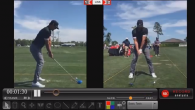

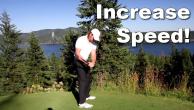
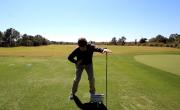

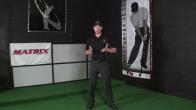
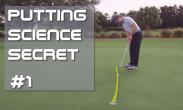
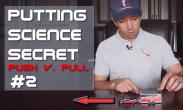

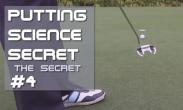
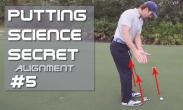
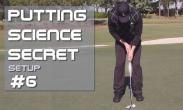
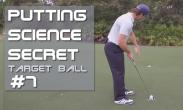
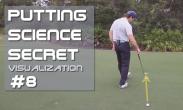
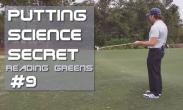





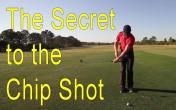
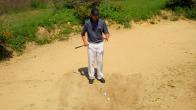

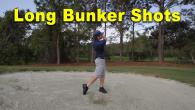

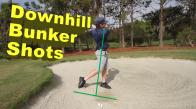
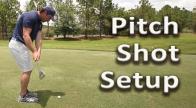
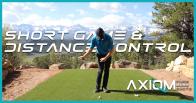
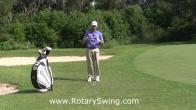
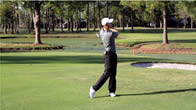
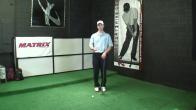
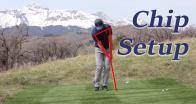


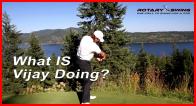





Kevin
Craig (Certified RST Instructor)
Kevin
Craig (Certified RST Instructor)
Kevin
Craig (Certified RST Instructor)
Craig
Craig (Certified RST Instructor)
Craig
Robert
Craig (Certified RST Instructor)
Paul
Craig (Certified RST Instructor)
Kendall
Craig (Certified RST Instructor)
Scott
Craig (Certified RST Instructor)
Scott
Craig (Certified RST Instructor)
Kendall
Craig (Certified RST Instructor)
Scott
Chuck
Scott
Chuck
Scott
Chuck
Ryan
Chuck
Ryan
Chuck
Ryan
Chuck
John
Chuck
Piet
Chuck
charles
Chuck
charles
Chuck
Joshua
Chuck
charles
Chuck
charles
Chuck
charles
Chuck
Mark
Chuck
Mark
Mark
Chuck
Mark
Chuck
Mark
Chuck
Scott
Chuck
charles
Chuck
Vincent
Chuck
Peter
Chuck
Mark
Chuck
Peter
Ryan
Chuck
Steve
Chuck
Steve
Chuck
Steve
Chuck
Steve
Kade
Chuck
Kade
Chuck
Kade
Frank
BRYAN
RJ
Chuck
Robert
Chuck
Robert
Chuck
ANDREAS
Chuck
ANDREAS
Chuck
Blake
Chuck
Paul
Chuck
Paul
Chuck
Paul
Chuck
David
Chuck
David
Chuck
Steve
Chuck
Steve
Chris
Chuck
Chris
Chuck
Lorenzo
Chuck
Lorenzo
Chuck
Paul
Chuck
Paul
Chuck
Paul
Chuck
Steve
Chuck
Steve
Chuck
Steve
Chuck
Steve
Chuck
Steve
Kade
Chuck
Kade
Mark
Chuck
Will
Chuck
Will
George
Chuck
Mike
Frank
James
Chuck
Will
Chuck
Earl
Chuck
Craig
Chuck
Derrick
Chuck
jay
Chuck
Earl
Chuck
Stuart
Chuck
Sean
Chuck
Chris
Chuck
Craig
Chuck
Dennis
Chuck
Richard
Richard
Chuck
Steve
Chuck
Steve
William
Chuck
Chris
Chuck
Michael
Chuck
Reed
Chuck
Matthew
Chuck
Matthew
Chuck
charles
Chuck
Carver
Chuck
Carver
Chuck
Carver
Chuck
Carver
Chuck
Paul
Chuck
Bob
Chuck
Ben
Chuck
Marcel (Certified RST Instructor)
Chuck
andree
Chuck
Anthony
Chuck
Joe
William
Will
Chuck
Will
John
David
Chuck
Ken
Chuck
Juan Jose
Chuck
Richard
Chuck
Gregory
Chuck
Will
Chuck
Michael
Chuck
Matt
Chuck
Matt
Chuck
David
Chuck